WWII Europe Tour: Never Forget
Hey there! This post may contain affiliate links, which means I’ll receive a commission if you purchase through my link, at no extra cost to you. Please see my legal page for more details.
This is a powerful WWII Europe tour of sites related to the Holocaust. It’s dark at times. It’s hard to absorb. But it’s necessary to learn the hard history. I call this my Never Forget series.
Thank you for reading on.
Overview of this WWII Europe Tour
See an overview below with slideshow photos of each of the stops on this Never Forget WWII Europe Tour. If one of the WWII Europe sites interests you, click on the headline for much more information and a corresponding blog post about how to visit.
Germany
Ravensbrück
The only Nazi concentration camp built specifically for women. About 130,000 female prisoners were held in this camp in a picturesque town in northern Germany. Between 30,000 and 90,000 never came home.
Germany
The Terror Museum
The Topography of Terror Museum is different from most WWII museums because it is rooted in the German perspective and experience. It’s a revealing and raw account of how fervent nationalism swept the German people (and the world) into total war.
Vienna
Hitler’s Vienna
This is a walking tour of Hilter’s Vienna. It’s surreal to walk in the footsteps of a young Hilter who came to Vienna for art school but was rejected (twice) by the art institute. My guide wondered out loud, “how different would the world be if only Hitler could draw?”
Czech republic
Prague Jewish Quarter
To visit the Jewish Quarter of Prague is to visit layers of history. The first pogroms targeting Jews here date all the way back to 1096. It’s here where many Jewish artifacts are preserved. The story of how this Prague neighborhood became the place to preserve Jewish history is fascinating.
Czech republic
The “Model” Camp
The German’s created a “model concentration camp” just outside of Prague. They brought the Red Cross into Terezin and covered up the brutal conditions of the camp. It’s a chilling place to visit and a must-stop on this WWII Europe tour.
Budapest
Budapest WWII Sites
From the Shoes on the Danube Memorial to a bunker beneath the earth that served as a hospital during the siege of Budapest, this self-guided walking tour is a must when visiting Budapest.
France
The Martyr Village
Oradour-sur-Glane is a village in France preserved to look just as it did after a Nazi Panther division murdered nearly every resident and burned the town to the ground. To visit is to leave with more questions than when you came. But it’s a must-visit on this WWII Europe tour.
France
The D-Day Beaches
Any WWII Europe tour is incomplete without standing on the beaches of Normandy where Allied Troops stormed the well-defended sand in an unprecedented display of force and bravery.
France
Château de Chenonceau
This Château straddles a river that served as the demarcation line in France. It’s unclear how many people walked through the front doors on occupied soil, crossed through the ballroom, and walked right out the back doors into Free France.
Poland
Auschwitz
I will never forget my experience visiting Auschwitz with a survivor of the camp. Never. It forever changed me. Her bravery is vast and endless.
All the details on this WWII Europe Tour
You’ll find many more details below about each site. If you are considering visiting, you’ll want to visit the corresponding blog post with everything you’ll need before you go. Thanks again for your interest in these dark but poignant places.
Ravensbrück: Beautiful stories of friendship amidst evil
What struck me most about Ravensbrück were the stories of how the women who were imprisoned here stuck together.
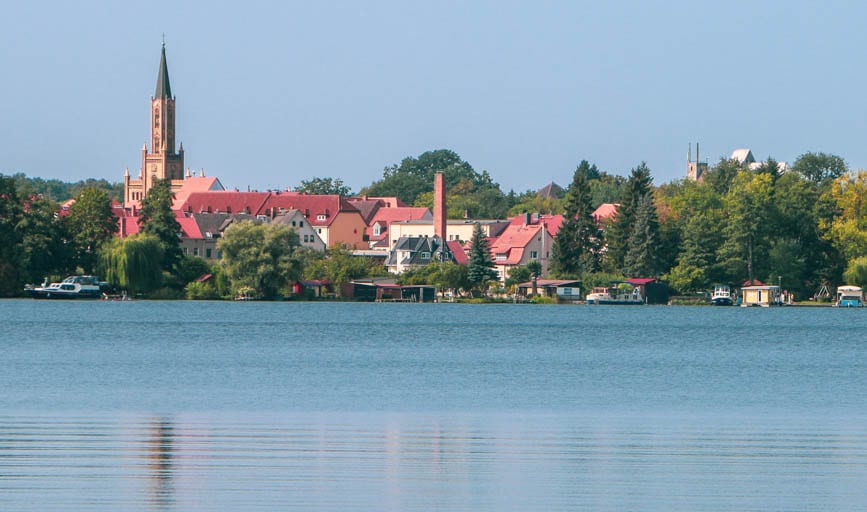
My journey to this tiny town in northern Germany with its picturesque lake began when I read a book about the powerful friendships that kept 49 women alive amidst the horror of Ravensbrück. Carolyn Moorehead’s “A Train in Winter” follows 230 French women of the Resistance who were deported together.
Only 49 live to tell their stories, but that survival rate is higher than the average rate of survival in Ravensbrück. Moorehead suggests that it’s the friendship that kept them going.
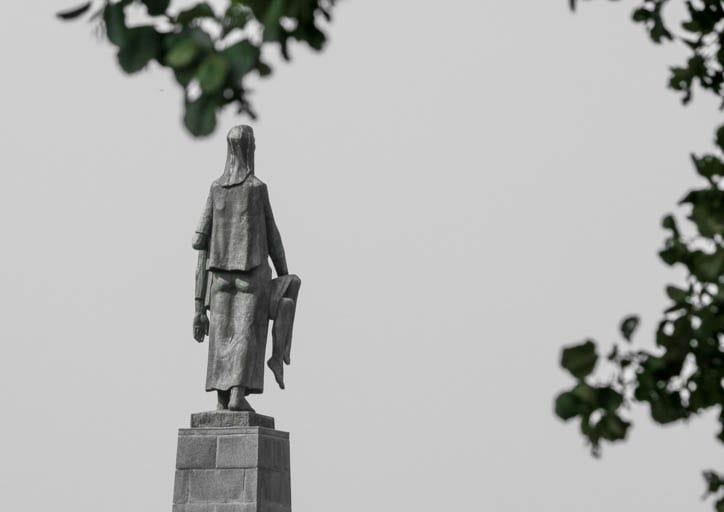
There are other horrific and fascinating tales to be found in this camp and memorial. It is here where the infamous medical experiments on the “Rabbits” were performed. Nazi doctors removed bone and muscle from the legs of some of the Polish women in the camp, inserting debris into the wounds to learn how best to treat German soldiers suffering from shrapnel wounds.
The women earned the nickname “Rabbits” because of the way they hopped around the camp. In a beautiful twist on this terrible story, the Rabbits were protected by the other prisoners. Because of this, some of the Rabbits lived to testify against their torturers.
I’ve returned to Ravensbrück three times as it is the setting of a WWII historical fiction novel that I want to write. See the detailed post below for much more on the camp:
Visiting Ravensbrück
The Topography of Terror
The Terror Museum is a must-stop if you’re in Berlin. You should also see the powerful Memorial to the Murdered Jews of Europe, commonly called the Holocaust Memorial, but it’s the Terror Museum that I’m including in my must-visit places on a WWII Europe tour.
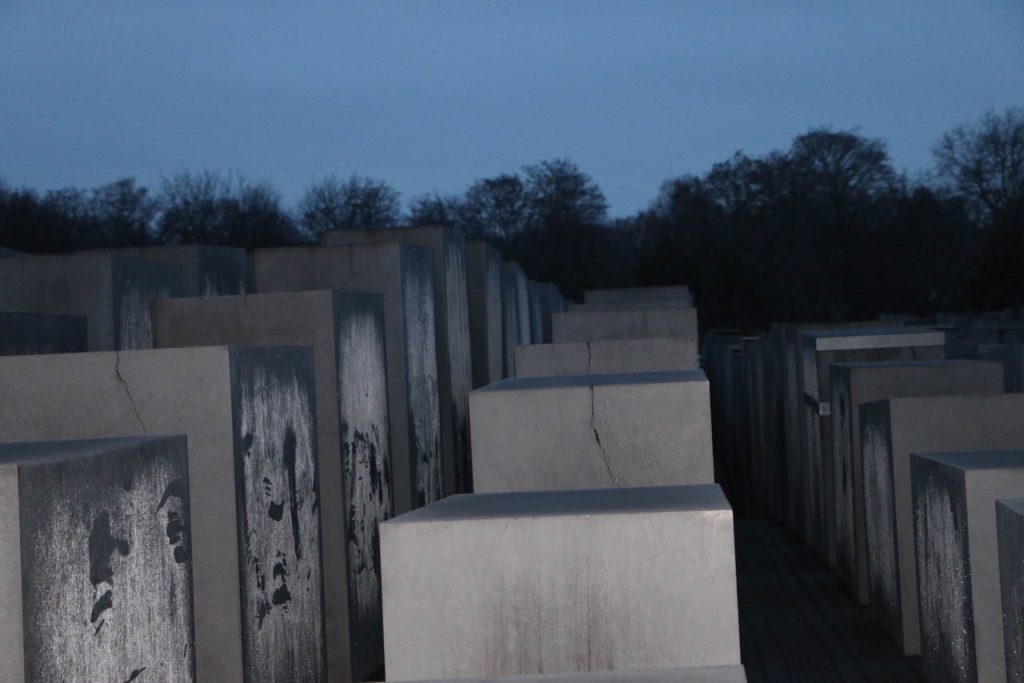
What’s most terrifying about the Terror Museum is the way that the events that led to total war are laid out so that you can see – and understand – how it happened, and how it can happen anywhere. I think that’s the point of the main exhibit. It’s a chilling retelling and a frank warning.
The museum itself is located on the site of the former Gestapo and SS Headquarters. Though the HQ buildings were flattened by bombing in the war, a portion of the cellar wall was later excavated and preserved as a memorial and monument to the people who were held and tortured in the cellar’s notorious “house prison”.
Before the museum was built, and in an example of history compounded, the Berlin Wall stretched across the former Nazi HQ. So you can see the crumbling Berlin Wall standing over the crumbled foundation of the excavated Nazi prison.
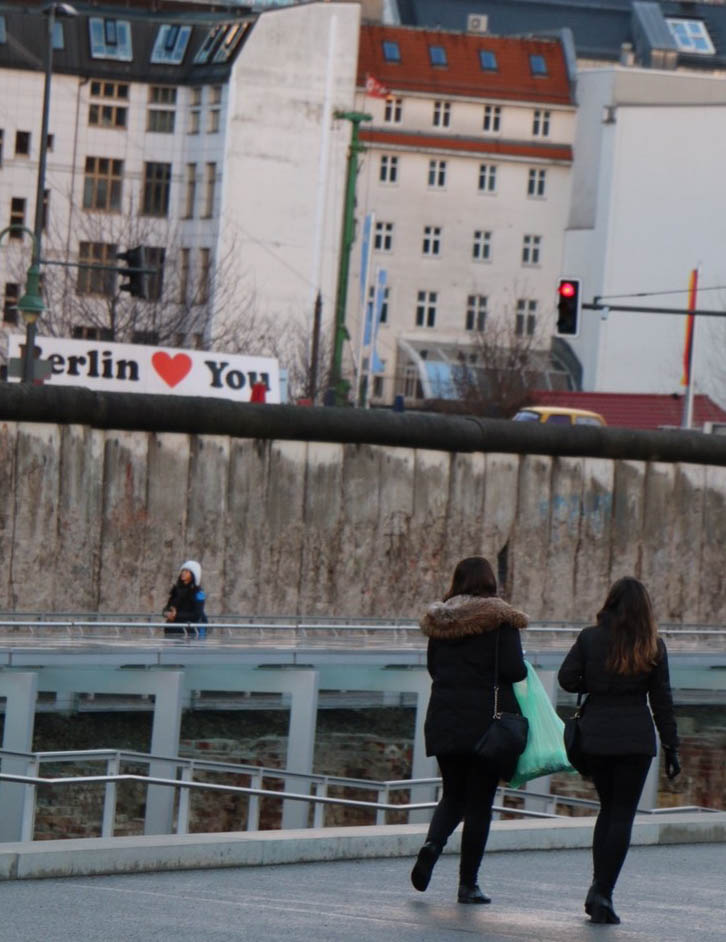
For all the details on how to visit this must-stop on a WWII Europe tour, visit here:
The Topography of Terror
A Walking Tour of Hitler’s Vienna
It’s partly due to something my guide said on this walking tour that inspired me to write this Never Forget series of posts.
While standing on the beautiful green grass in front of the old Hapsburg Palace on a sunny day in Vienna, it was hard to imagine the darkness that must have filled the hearts of so many on the day when Hitler stood on the balcony of the palace.
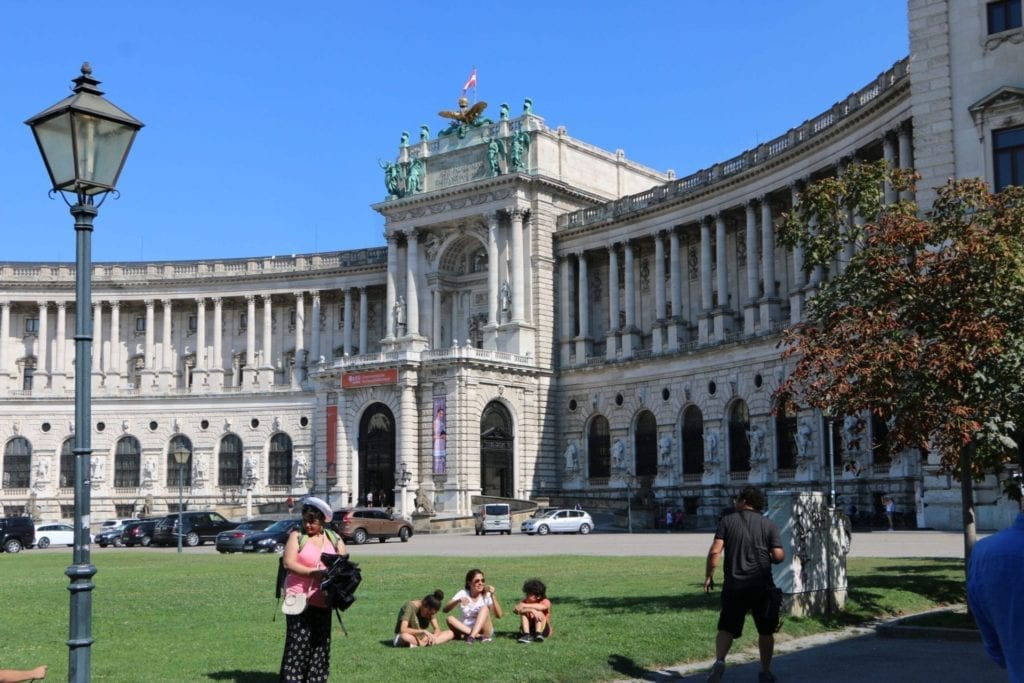
It was March 15, 1938, and more than 200,000 people filled the lawn to celebrate the reunification of Austria and Germany. It was a triumphant return for Hitler to the city where he once sold postcards on the sidewalk to get by.
“The silent majority stayed home,” my guide said as he gazed up at the balcony.
It isn’t that I dispute the accuracy of the statement. On the contrary, I fear its accuracy. I often wonder if I would have spoken out or if I would have stayed home. We have to remember that the silence of the majority helped pave the way for the Holocaust.
You can choose to do this tour guided or follow my map for a self-guided tour. For all the details, visit here:
A Walking Tour of Hilter’s Vienna
How to Take a Prague Jewish Quarter Tour
The Jewish Quarter of Prague is fascinating for its artifacts and layers upon layers of history. The neighborhood has alternated between being a thriving community and a forced Ghetto for centuries.
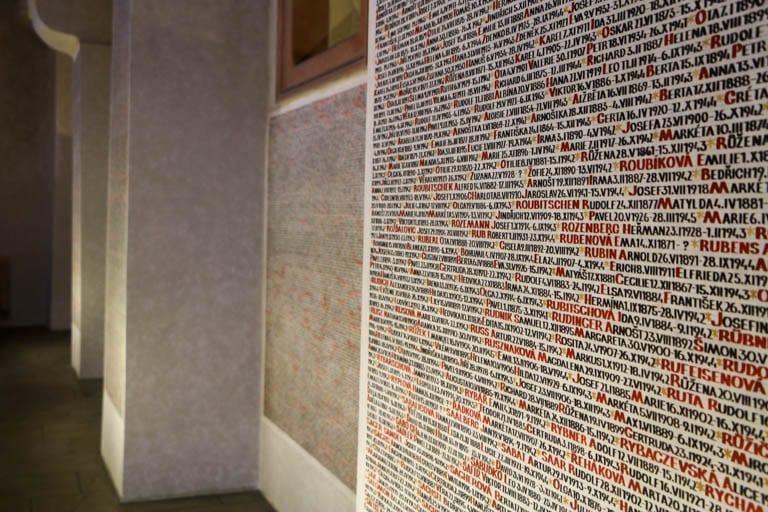
During the Nazi Occupation, Jewish leaders convinced their occupiers to preserve Jewish history here in a “Museum of an Extinct Race.” This bit of ingenuity saved numerous precious artifacts. Sadly, most of those same leaders of the Prague Jewish community were then deported to the nearby “model concentration camp” at Terezin. But they certainly left behind a legacy.
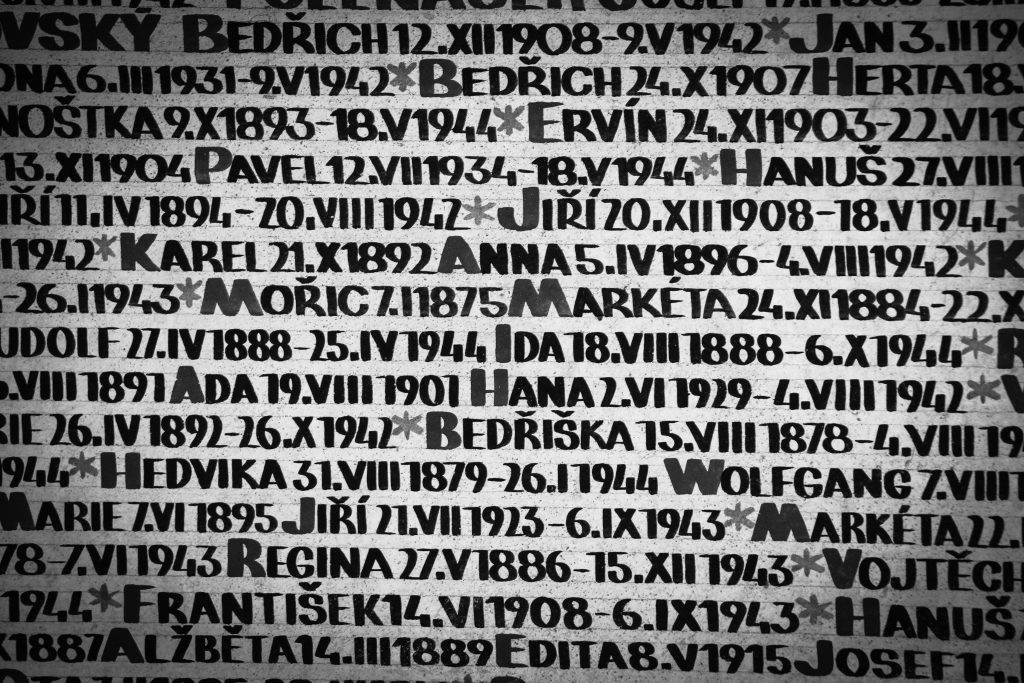
It can be overwhelming to visit the Prague Jewish Quarter. Visit here for the easiest way to see it all:
How to Take a Prague Jewish Quarter Tour
The Terezin Concentration Camp
The German’s created a concentration camp for the purpose of showing off their “humanity” to the Red Cross. They staged the camp just outside of Prague, forcing prisoners to play football matches and videotaping the games for propaganda purposes.
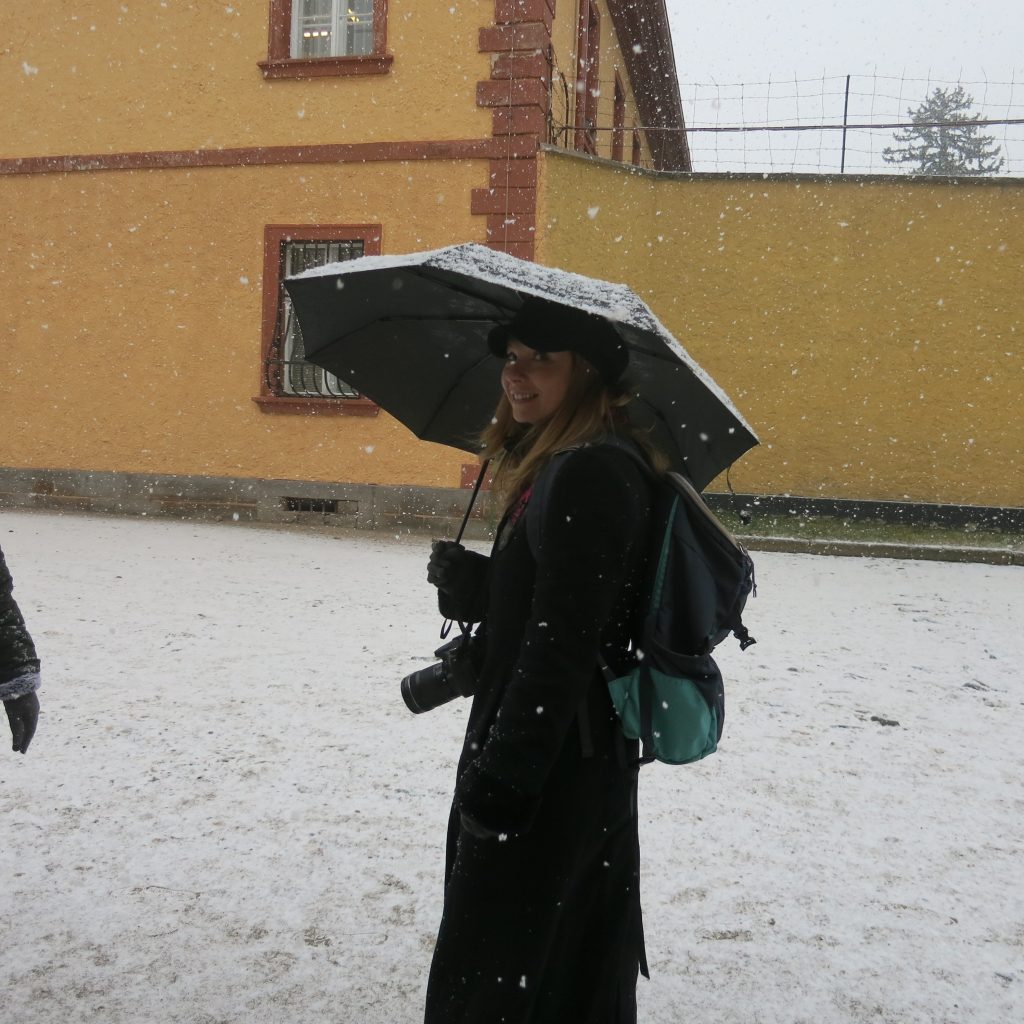
When the Red Cross visited, the officials were fooled.
It’s appalling when you visit and see the real conditions of the camp, or view the poignant drawings made by the children imprisoned there.
For all the details on visiting this “model concentration camp” outside of Prague, visit here:
Why You Should Visit the Terezin Concentration Camp
The Must-See WWII Sites of Budapest
The Shoes on the Danube is a memorial that is simple and seriously powerful. I returned here numerous times to reflect on my visit to Budapest.
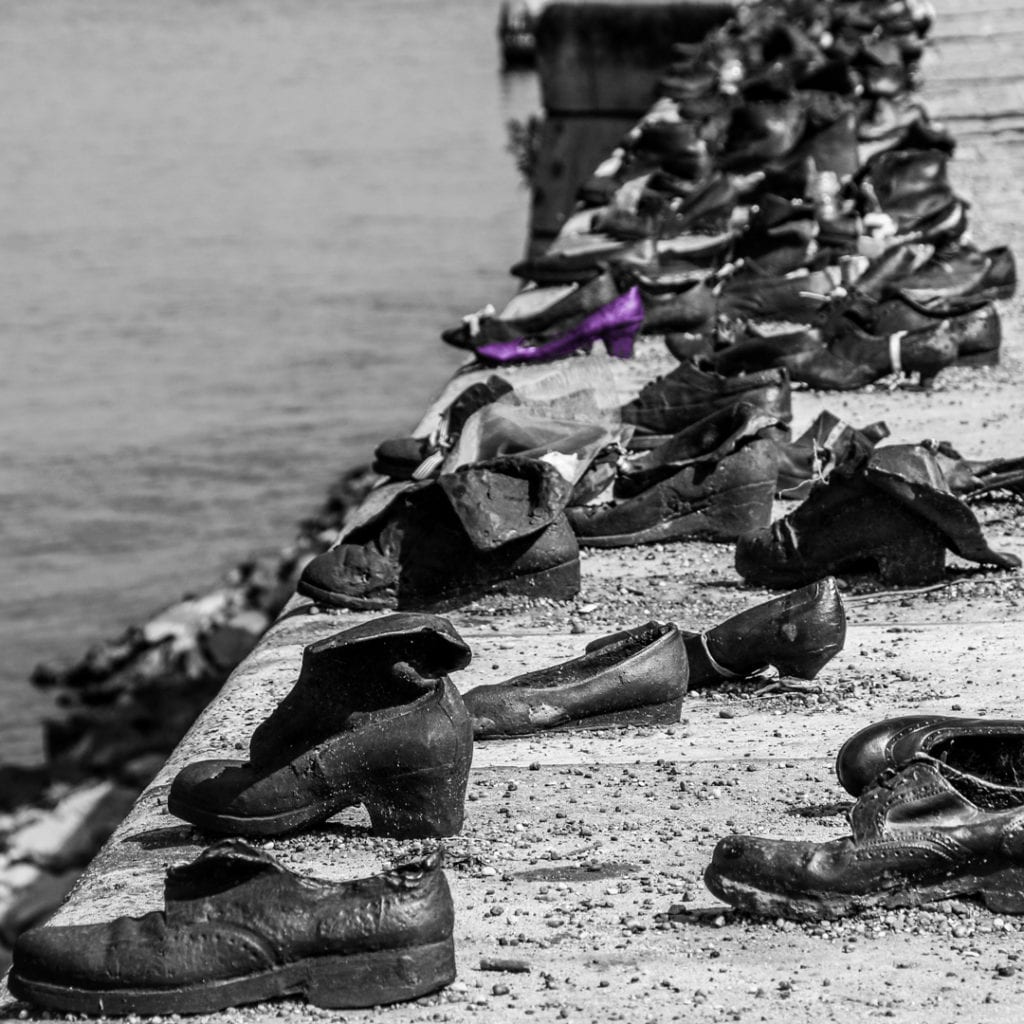
The Danube River was the last site for so many Jews who were lined up here and shot during the coldest months of 1944 and 1945. During that harsh winter, the river was called the “Jewish Cemetary.” The iron shoes that stand on the bank now are in all shapes and sizes. There are fancy shoes for dancing and work shoes for walking. They symbolize the fact that nobody was safe. There are children’s shoes here, too.
Just down the road, the Dohány Street Synagogue is the largest synagogue in Europe and the only one to have a graveyard on its grounds. This is because the Budapest Ghetto was located here. When it was liberated, thousands of bodies were buried where they were found, creating a mass grave on the synagogue grounds.
Finally, the Hospital in the Rock was a bunker where a hospital operated throughout the siege of Budapest. Its history during and after the war is remarkable.
For all the details on this walking tour, including maps, visit here:
The Must-See WWII Sites of Budapest
The Martyr Village of France on a WWII Europe tour
Oradour-sur-Glane is one of the hardest places I’ve ever visited. It is a village preserved to just as it did after a senseless massacre that killed nearly all of its residents.
To this day it is unclear why the Nazi Panther Division murdered everyone in this town and burned it to the ground. To visit is to leave with more questions than when you came.
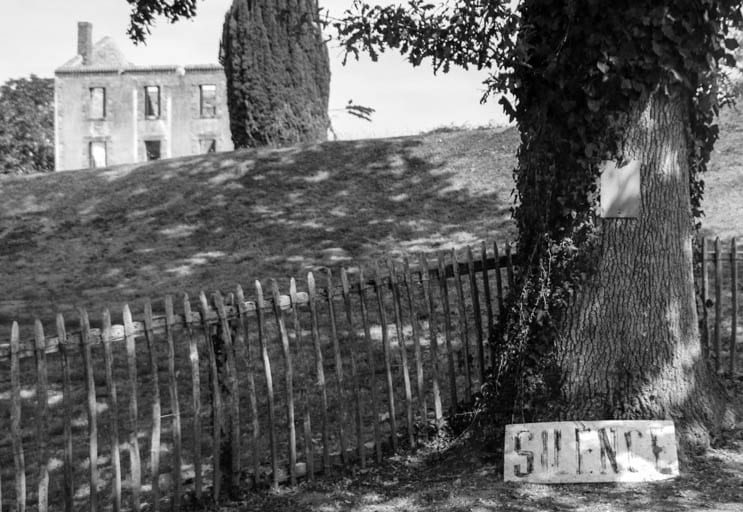
But it is a must-see. The watches found on the wrists of the villagers are all stopped at the same time. There is an eerie silence here. It’s like walking through a movie set only it is completely real. This is a place to go to Never Forget.
We’ll never have the answers as to why this tragedy happened, but this post will explain what happened and how to visit:
What Happened at Oradour-sur-Glane
The D-Day Beaches of Normandy
It’s hard to explain the powerful emotions of standing on that quiet sand and attempting to picture the peaceful waters as they were on D-Day. When these same peaceful waters were filled with the unprecedented naval power of the Allied Forces and the blood of those who never made it ashore.
It’s impossible to comprehend the courage it must have taken to storm that beach with its fortified hills and to withstand the Hellfire from above.
For all the details on the WWII sites you must see in Normandy and for guided tour options, visit here:
Normandy and the D-Day Beaches
A palace of intrigue on this WWII Europe tour
Château de Chenonceau is fascinating for its legacy. It’s almost always remained in the ownership of a female, so it is called the “ladies château”. It has served as a wartime hospital, a literary forum for the King’s court, and as a bridge to freedom.
During WWII this bridge across the River Cher allowed people to walk through the front doors on occupied soil and slip right out the back door into Free France.
For all the details on visiting Château de Chenonceau in the Loire Valley of France, visit here:
Visiting Château de Chenonceau
This WWII Europe tour includes a town divided
The demarcation line that the German’s arbitrarily drew traced the Loire River and its tributaries including the River Cher. That’s the river that divided Château de Chenonceau in two – one side on Occupied soil and the other in Free France.
That demarcation line also cut farmlands and vineyards in two, separated communities, and divided families. For towns on the demarcation line, that made things really tricky.
I am fascinated by stories on the demarcation line, including the story of a heroine in Saint-Martin-le-Beau who worked with a priest on the other side of the river to smuggle people across the water to freedom.
Read all about this fascinating town and its WWII heroine here:
Saint-Martin-le-Beau: A fascinating Loire Valley town
The Auschwitz-Birkenau Memorial
The Nazi extermination camp that looms largest over history is Auschwitz-Birkenau. The camp system was vast and this camp saw many of the prisoners who were processed here and sent to a satellite site – if they passed selection.
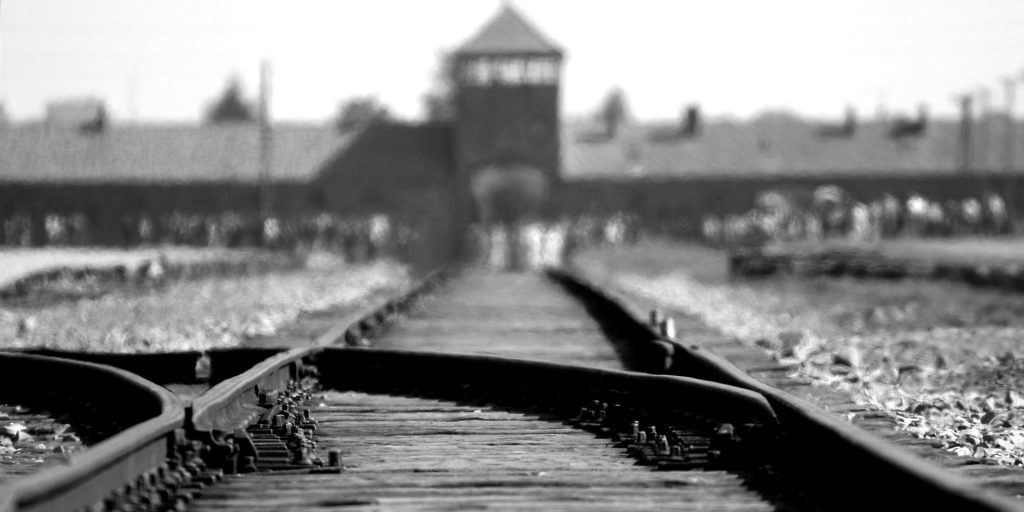
Fritzie Fritshall passed inspection by pretending to be older than she was. She was 13 years old when Nazis invaded her Czechoslovakian town and deported her family. When the stifling, overcrowded boxcar carrying Fritzie opened into the whip-wielding chaos of the selection process at Auschwitz, one of the prisoners charged with emptying the trains whispered in Yiddish to her:
You are 15. Remember that you are 15.
Those words saved Fritzie’s life. She lined up with the other 15-year-olds deemed fit and worthy of work. Her family ended up in lines destined for the gas chambers.
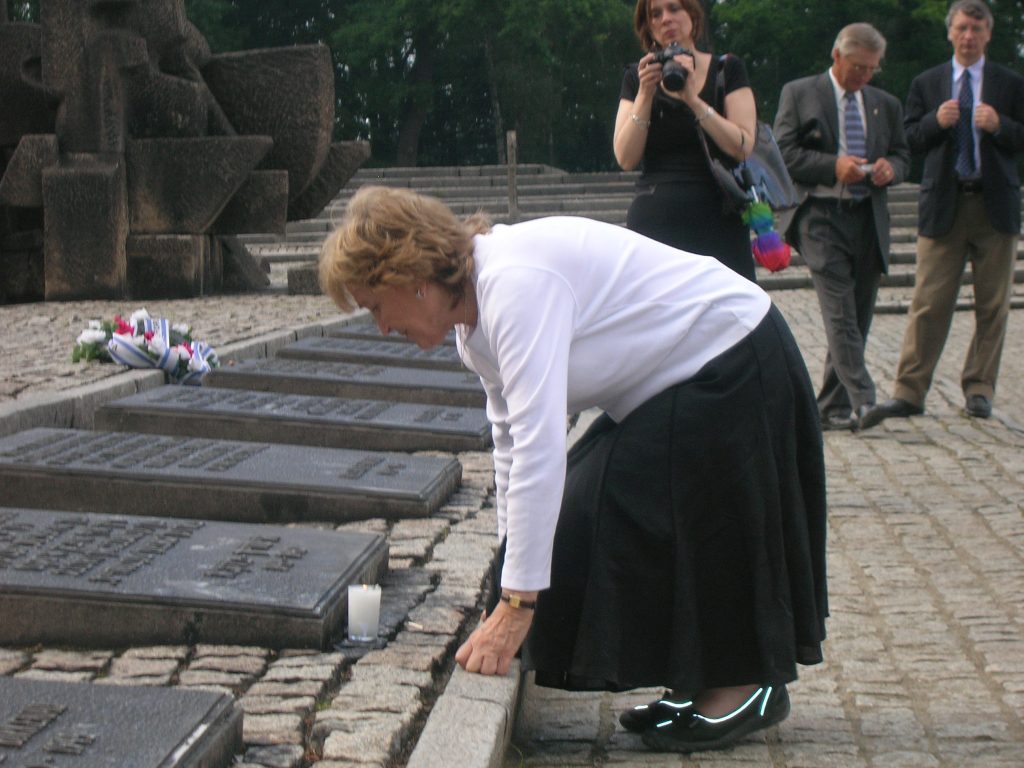
I had the life-changing experience of traveling to Auschwitz with Fritzie. She showed me where she slept while at Auschwitz. Though the shack is gone, she remembers where it once stood. Right where the train tracks ominously end at Auschwitz. She watched families get separated just as hers was torn apart.
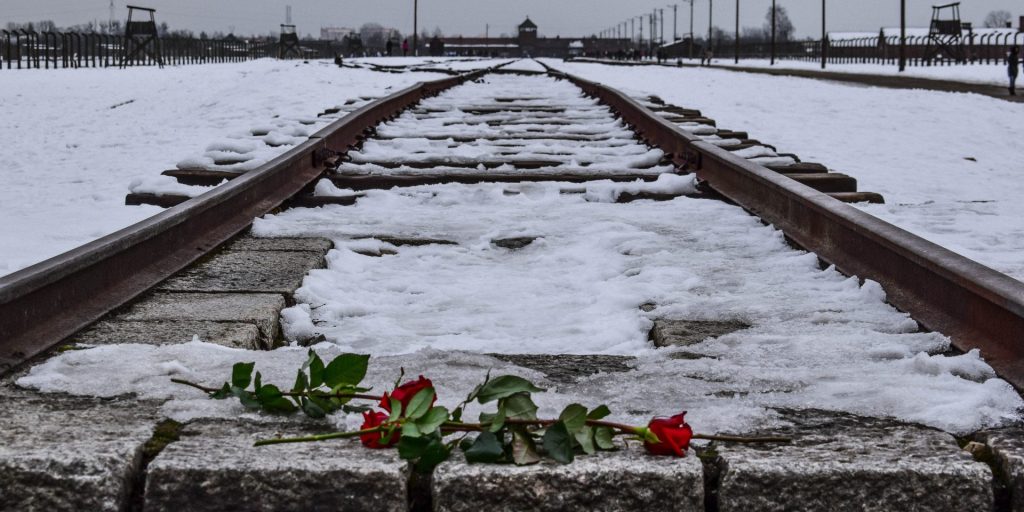
Fritzie’s grandfather died on the train on the way to the camp and her mother and two brothers were murdered at Auschwitz.
I will never forget holding Fritzie in my arms as we stood in the recreated “showers” where her family was likely gassed. She wept for her family and asked us all to never forget. And I never will.
Fritzie passed over in June of 2021 at the age of 91. She was the president of the Illinois Holocaust Memorial Center, and she committed her life to the telling of her story – no matter how hard it was for her to remember.
There are heroes throughout this WWII Europe tour, and Fritzie Fritshall is certainly one of them.
For reasons still unclear to me, I haven’t been able to face the photos of Auschwitz, so I have yet to write a detailed post of this experience, but here is some basic information. Admission is free of charge, and I do hope you will go.
Thank you again for reading this post. Never forget.
More reading on WWII
This is my curated list of non-fiction books about WWII. I also have a “best historical fiction” list about WWII here. These lists are on Bookshop, which is an online bookstore supporting independent booksellers. You can even purchase from an indy bookstore near you!
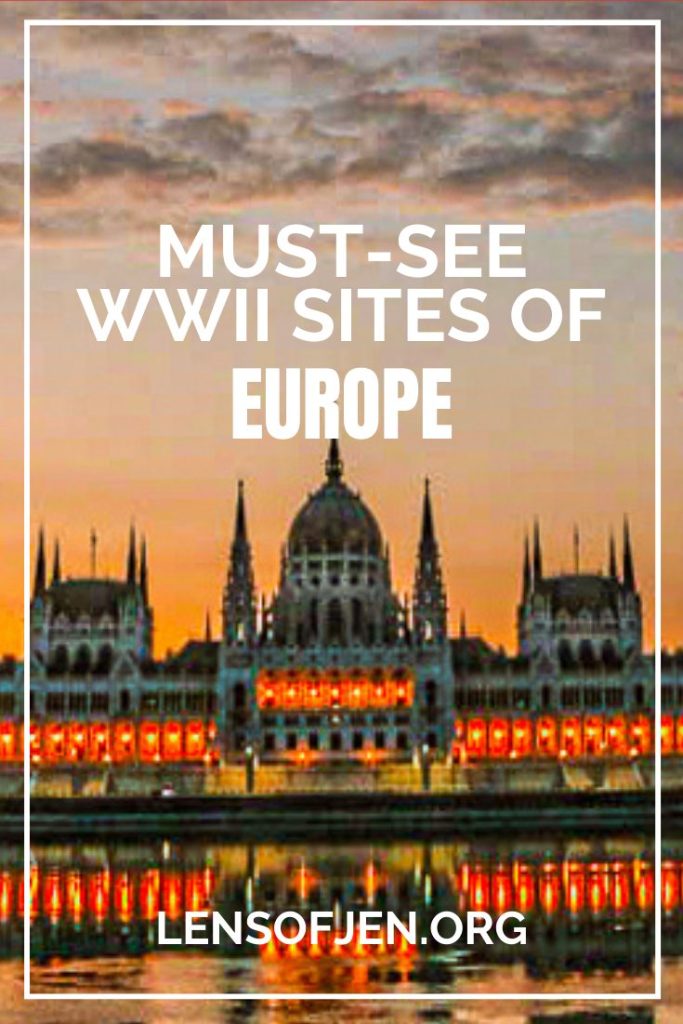
About the Author
Hi! I’m Jen!
I’m a freelance writer and travel blogger who quit my nine-to-five after my fiancé, Jeff, died of cancer at the age of 40. When he died, I realized that life is just too short to delay our dreams. Since my dream was to travel and write, I now travel and write full-time. Today I wear hiking boots instead of heels and collect experiences instead of things.

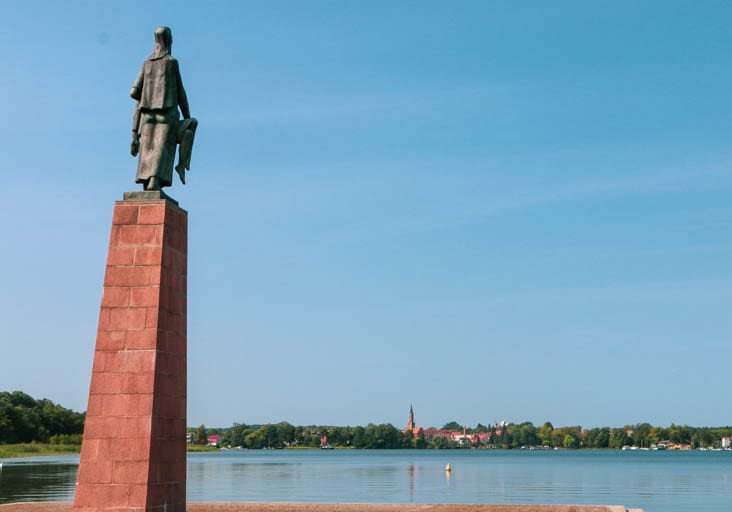
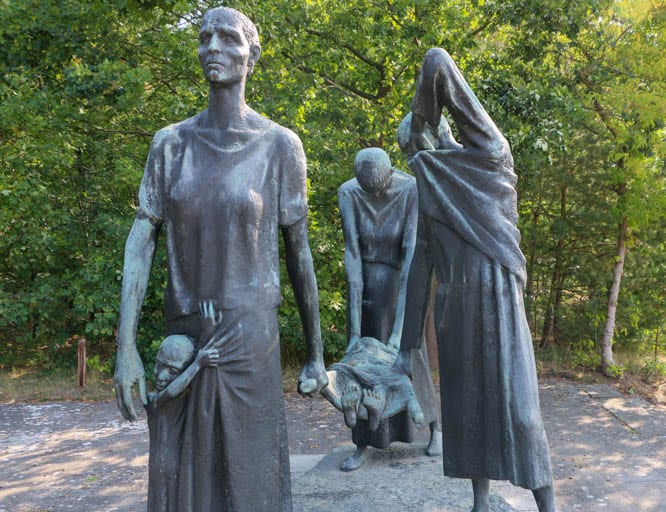
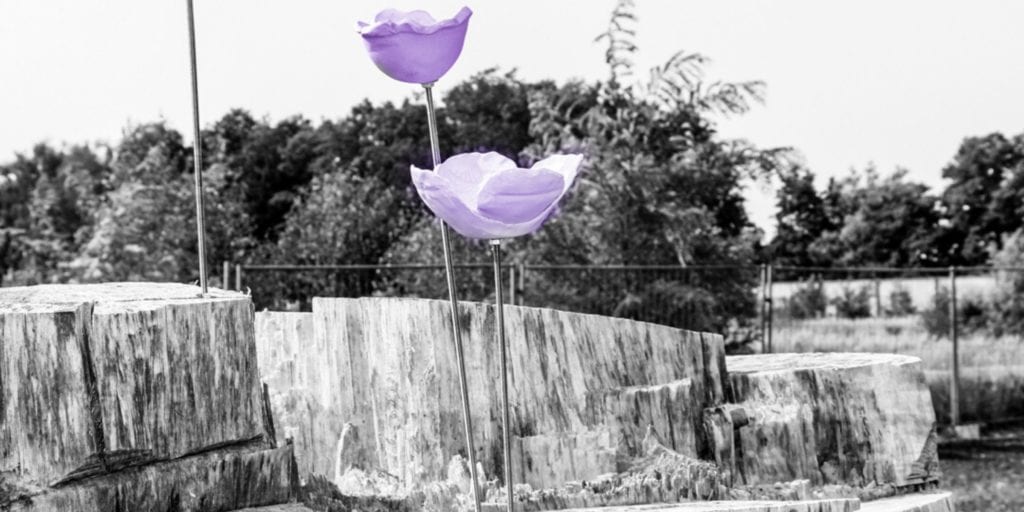
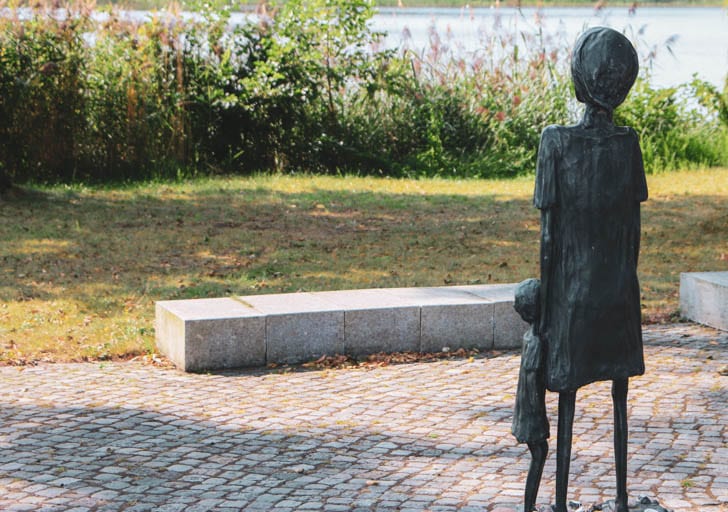
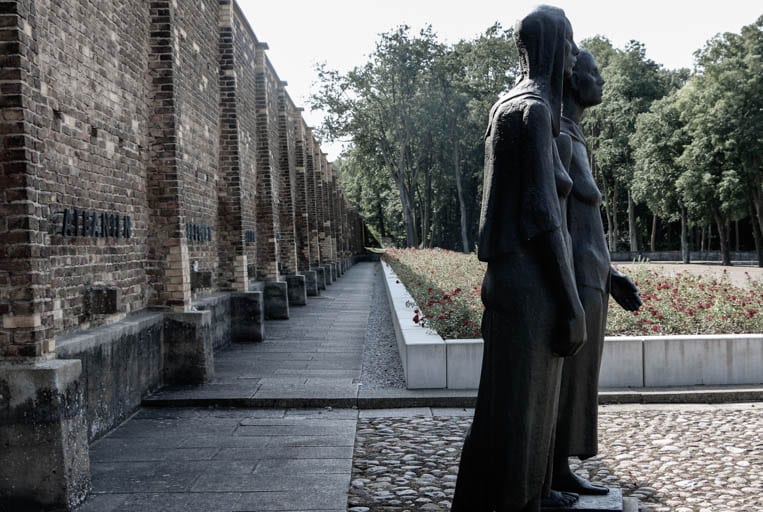
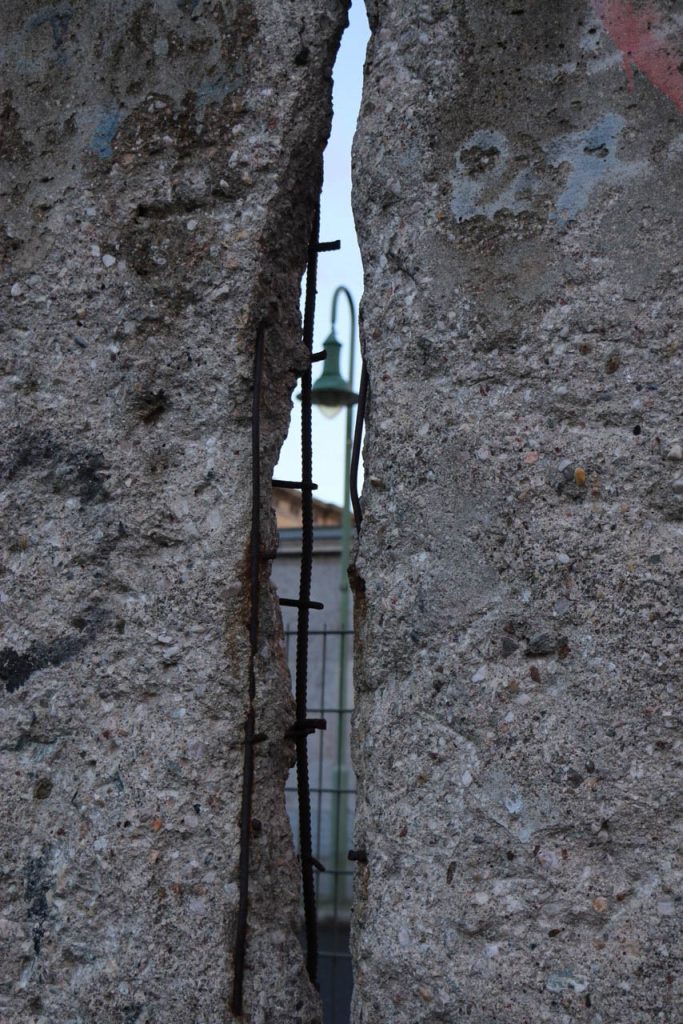
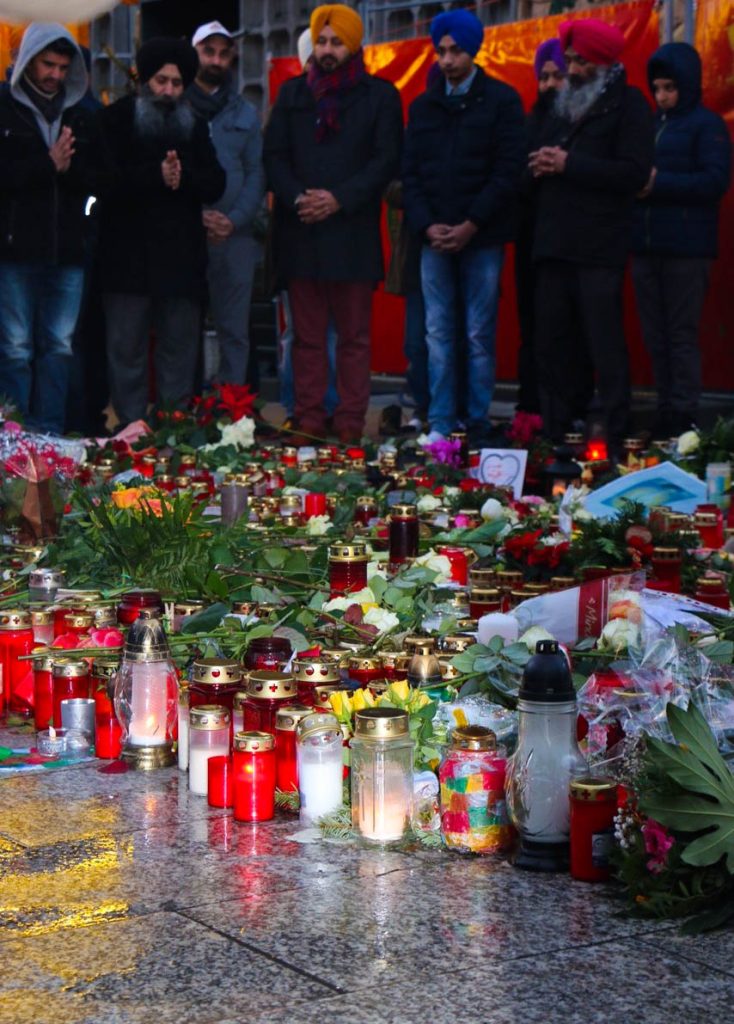
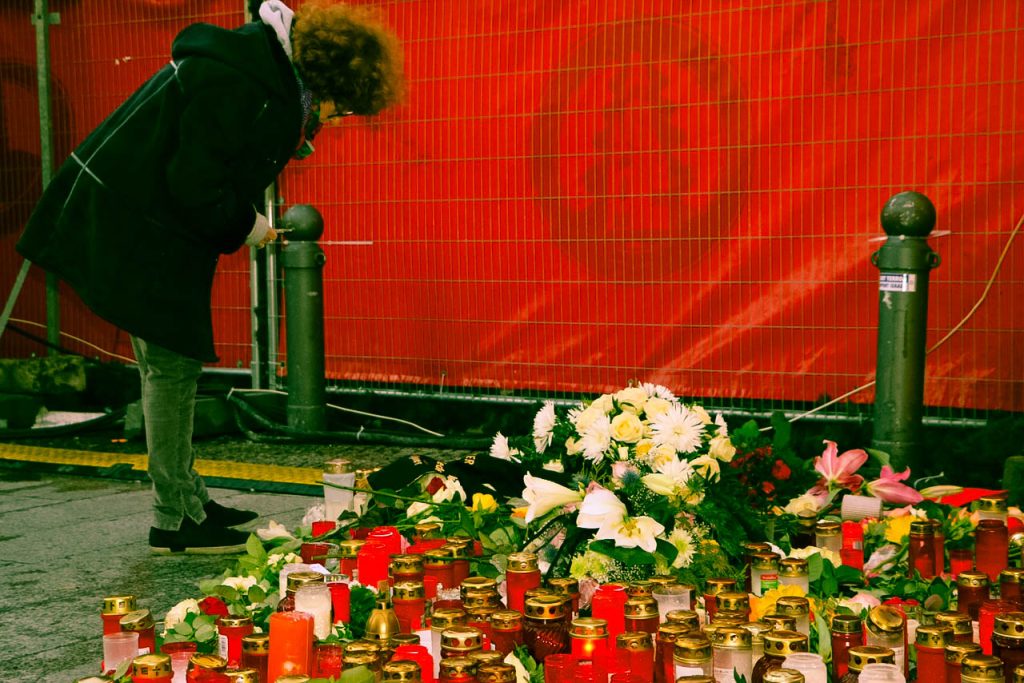
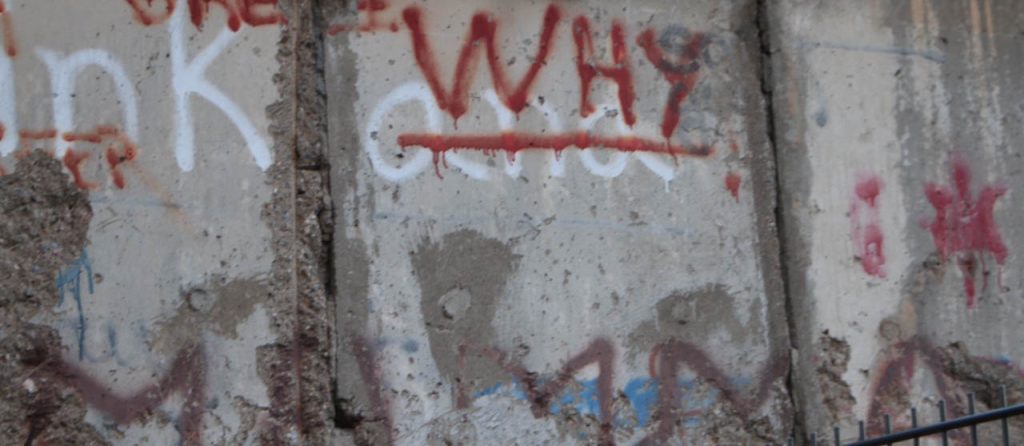
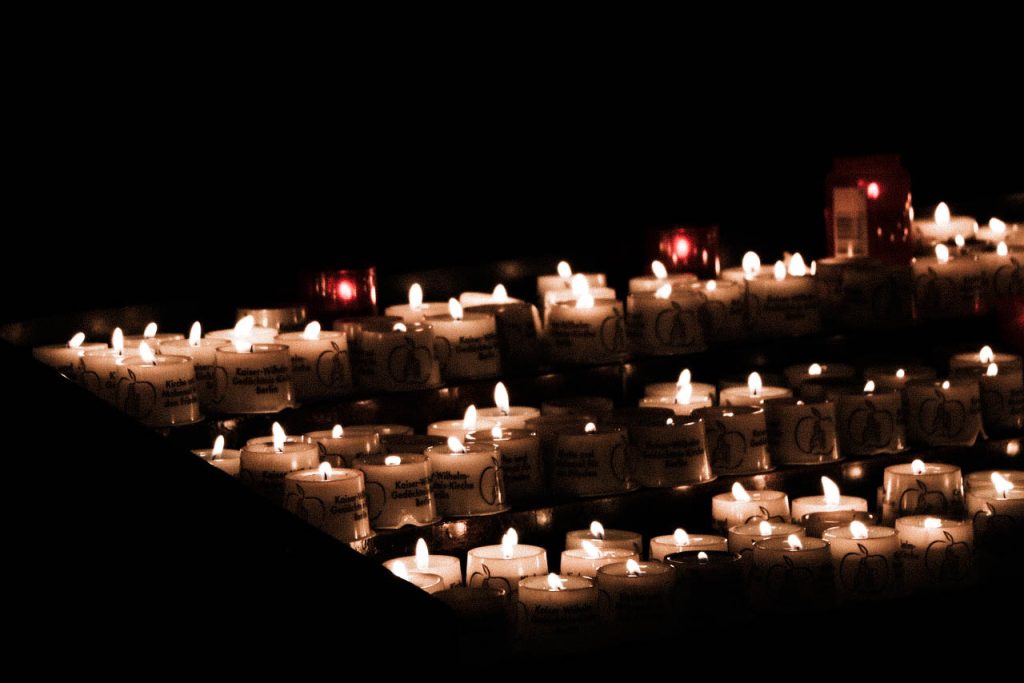
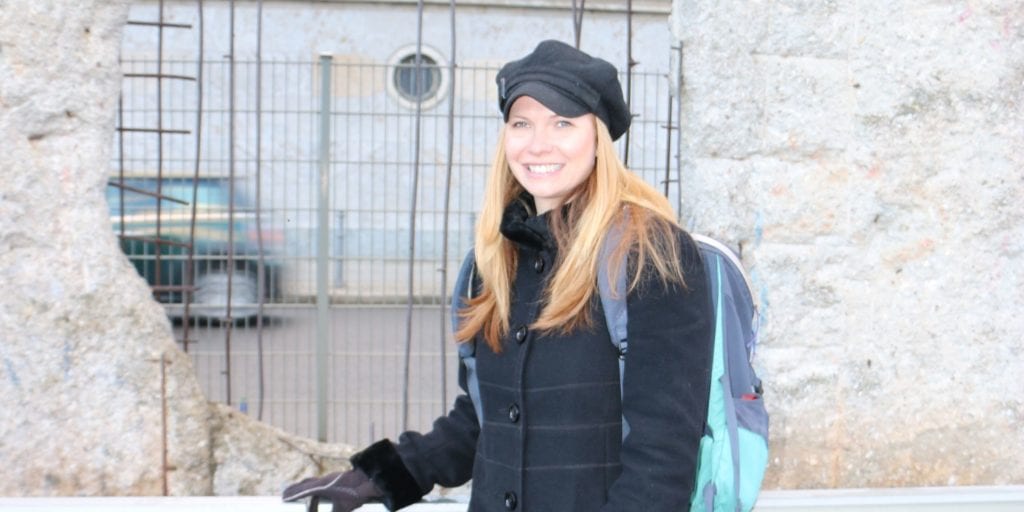
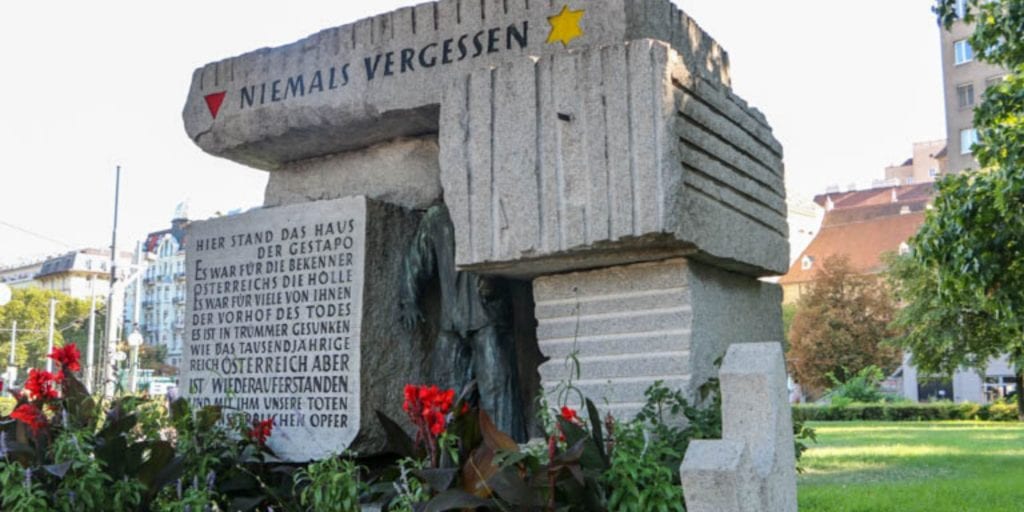
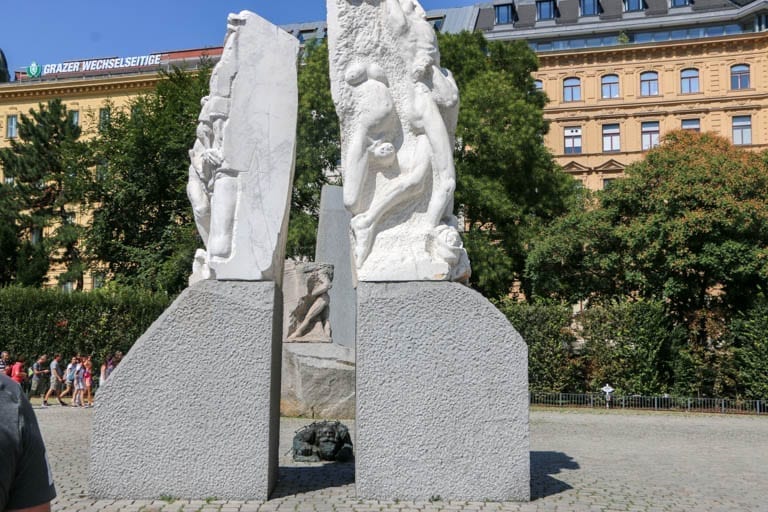
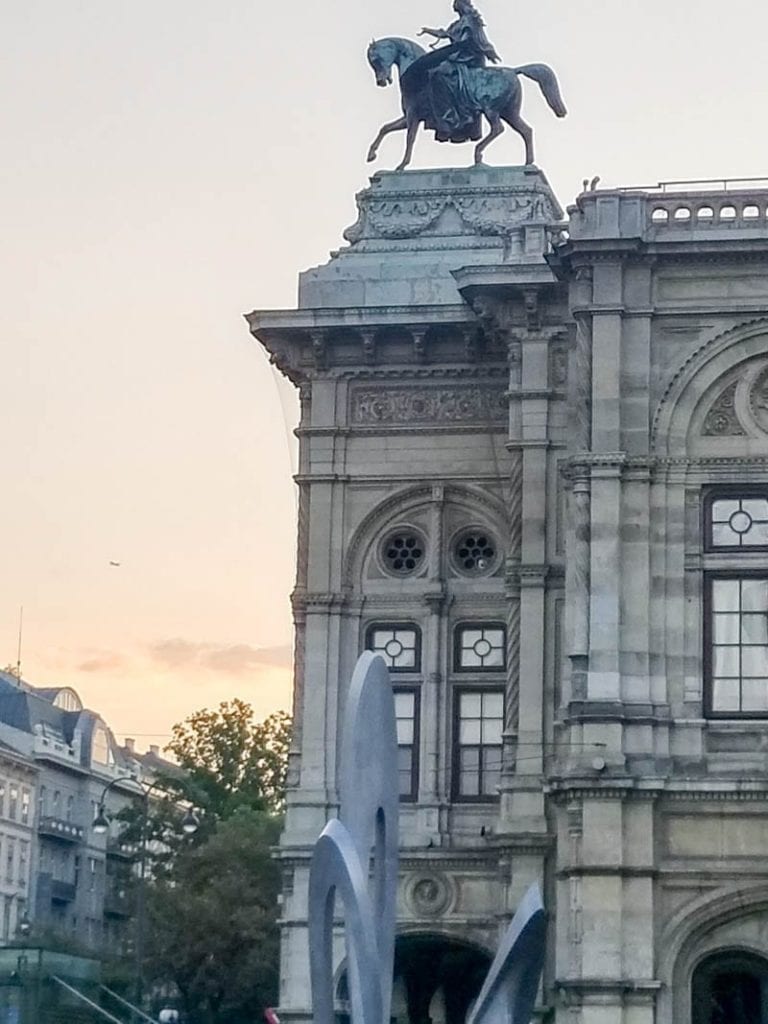
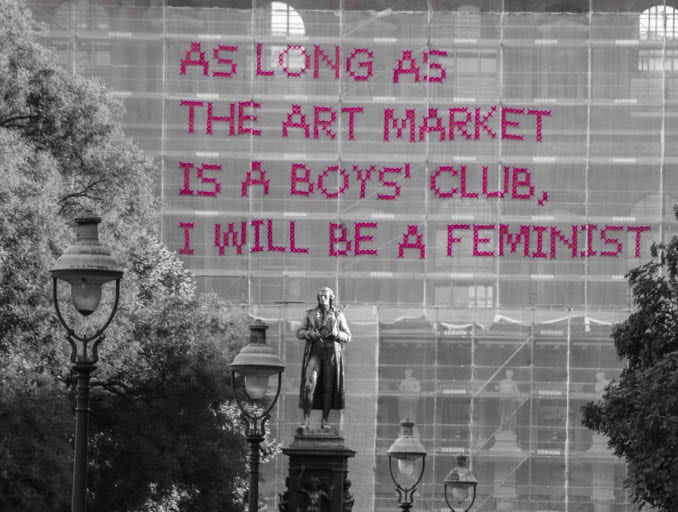
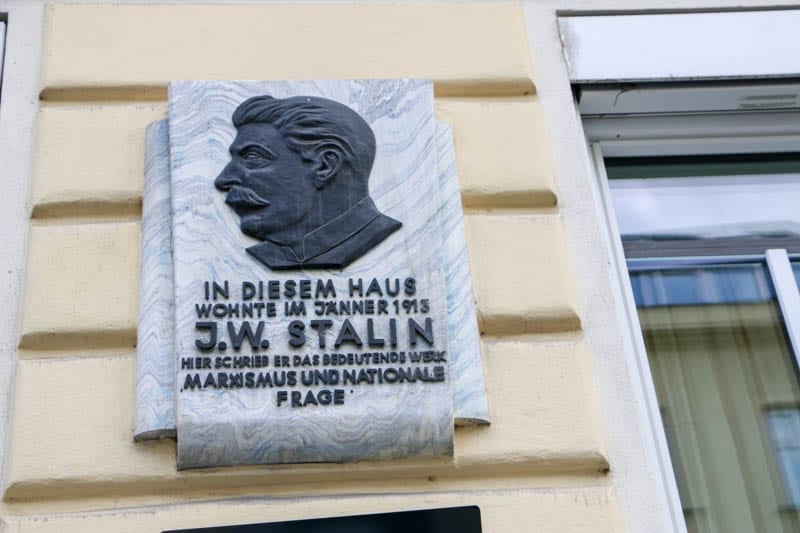


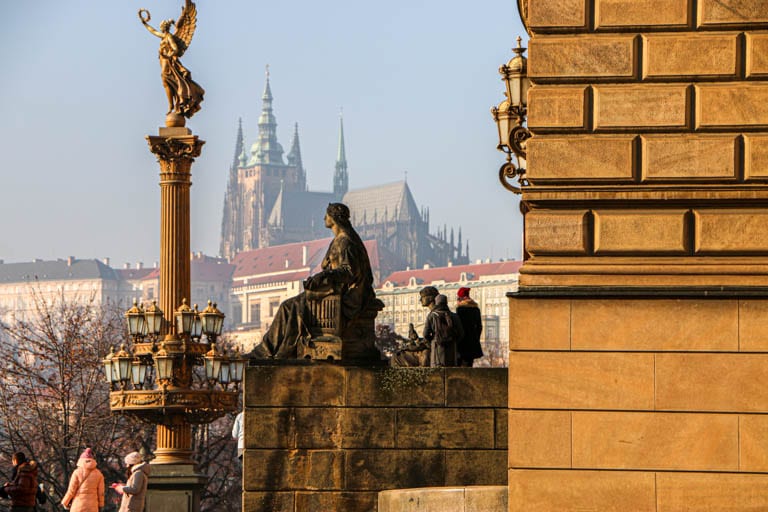
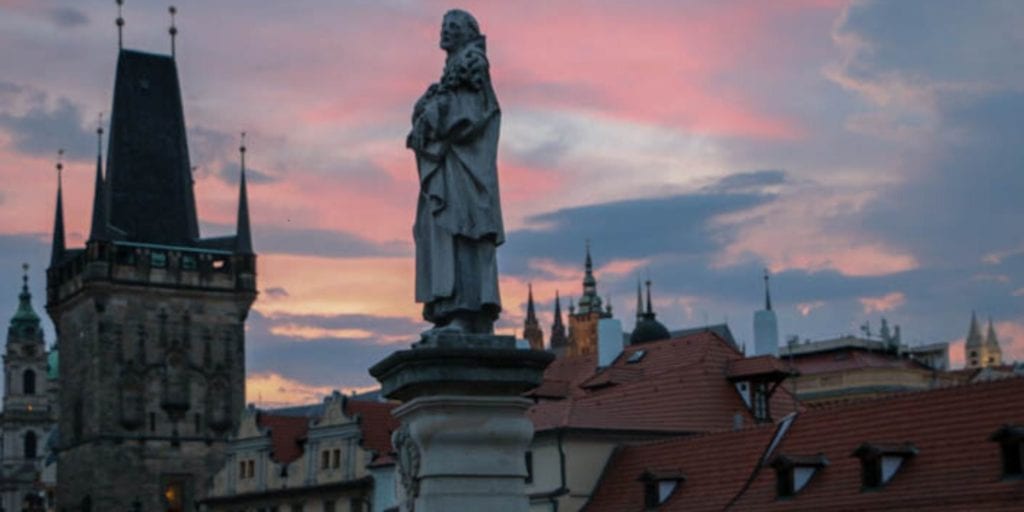
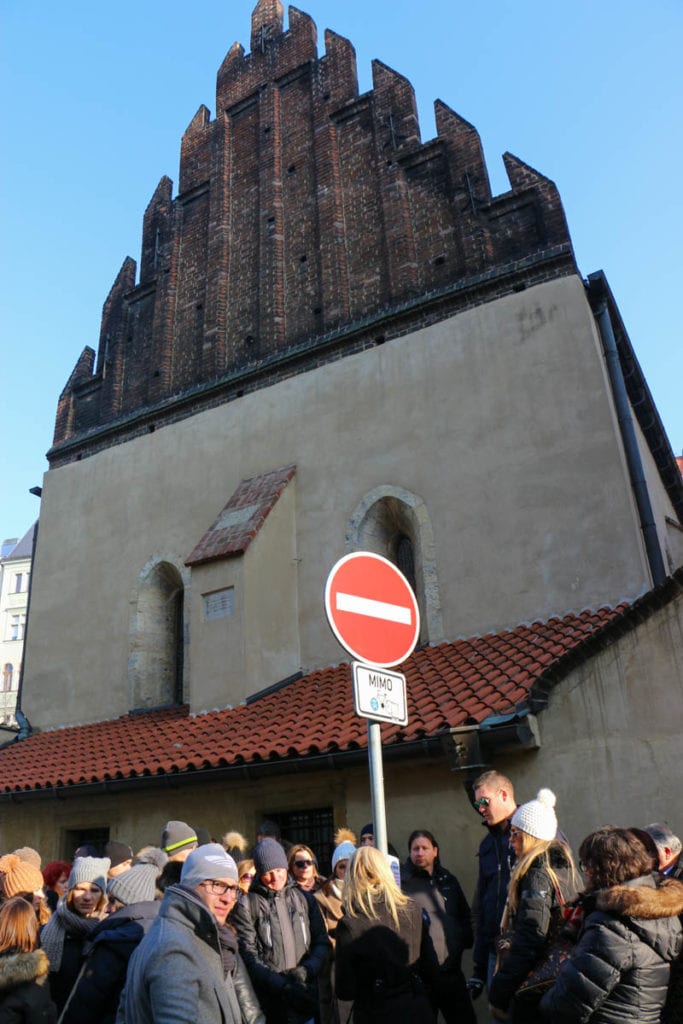
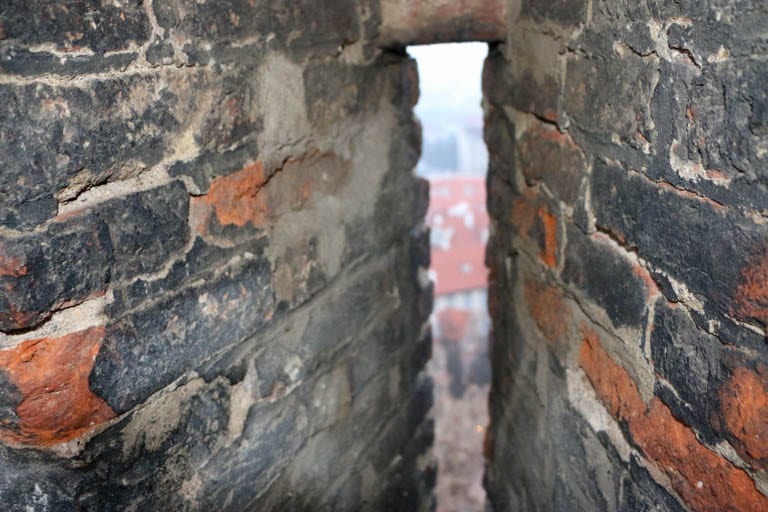
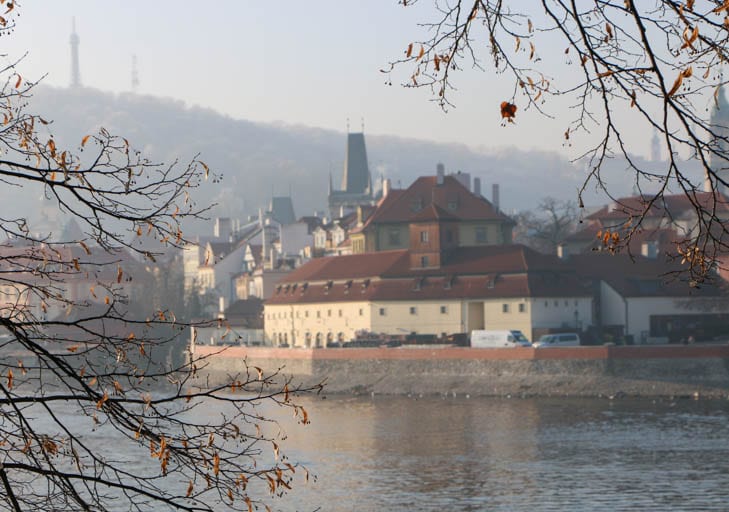
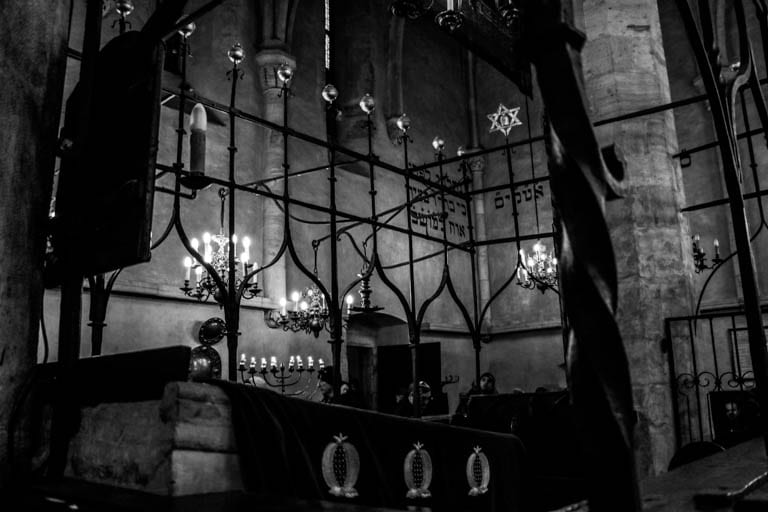
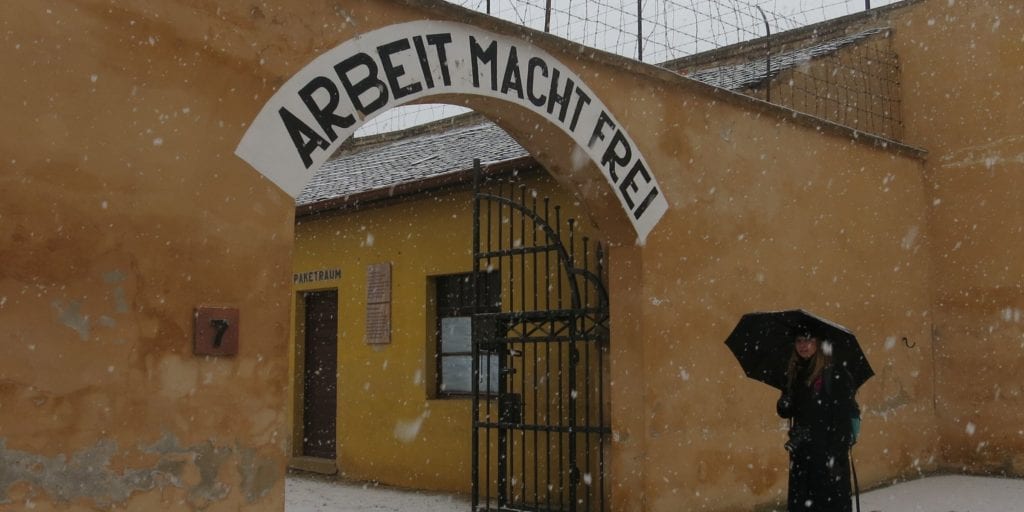
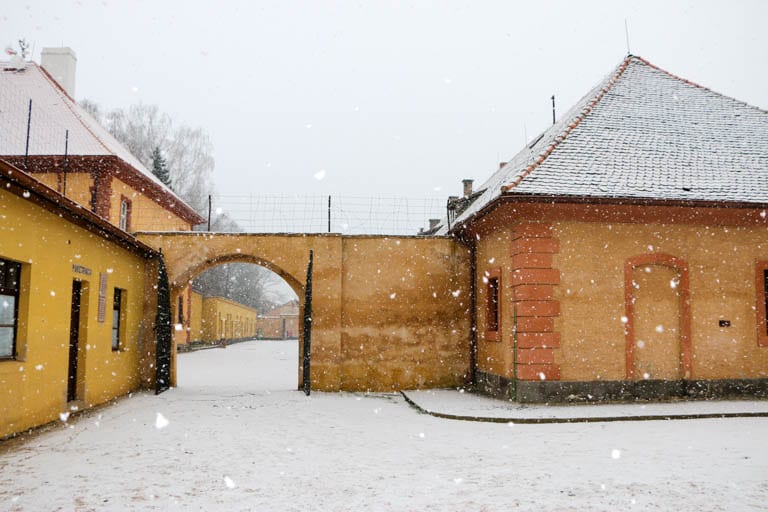
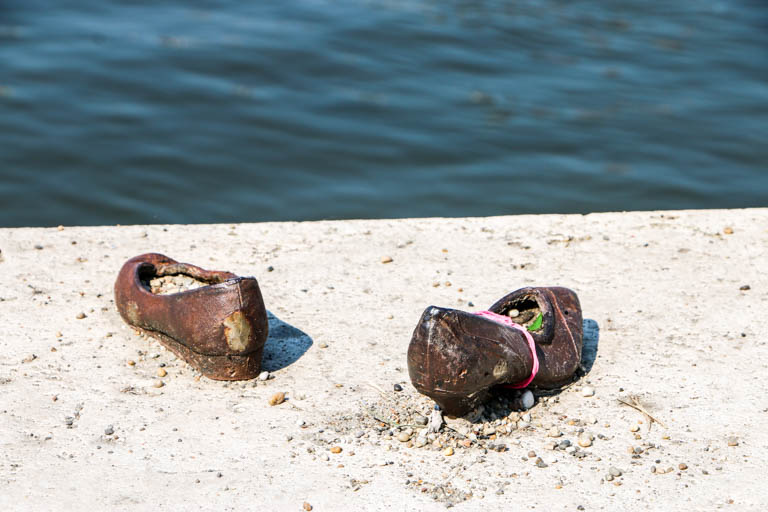
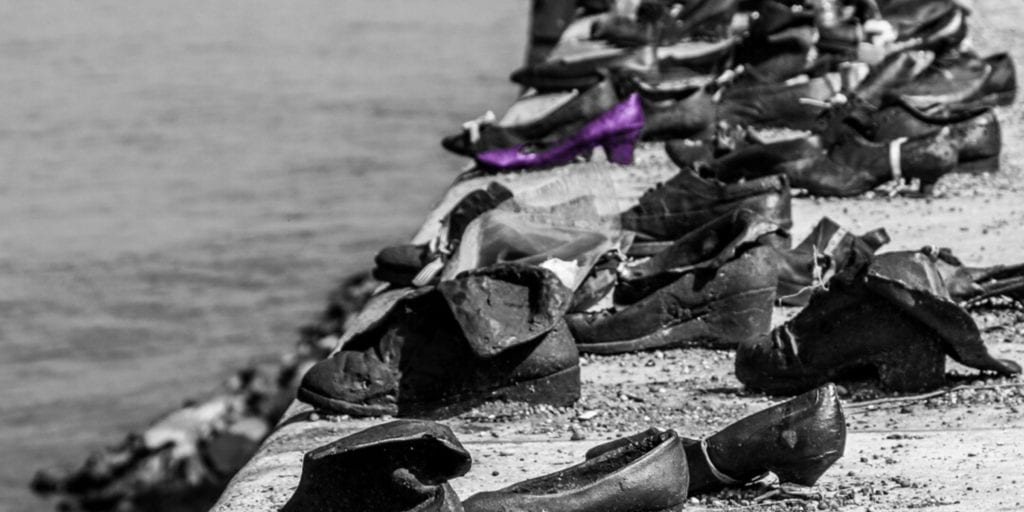
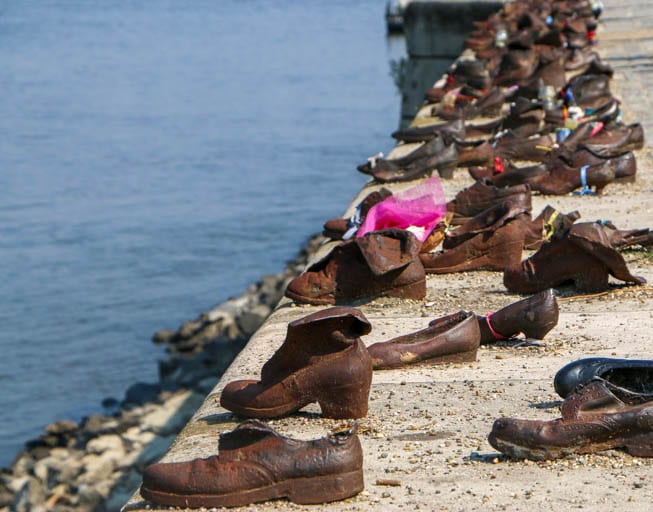
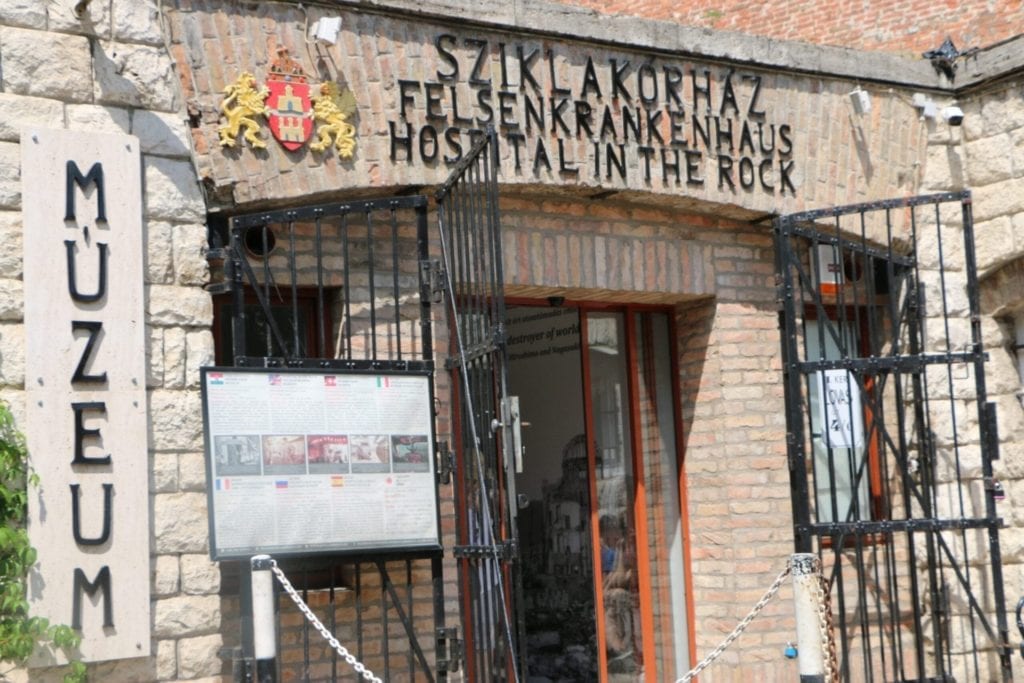
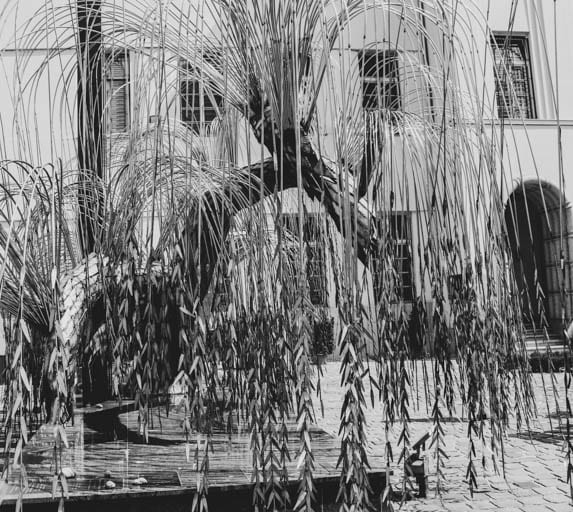
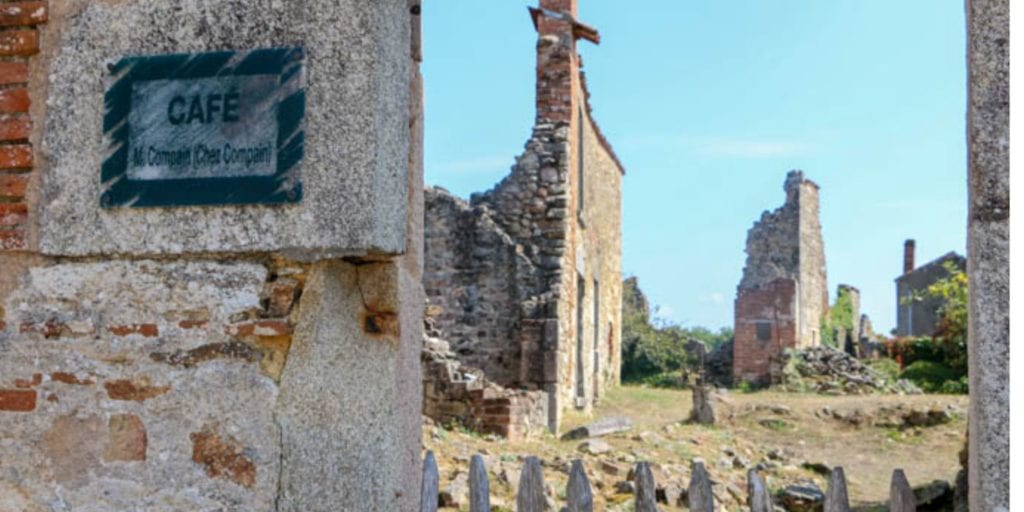
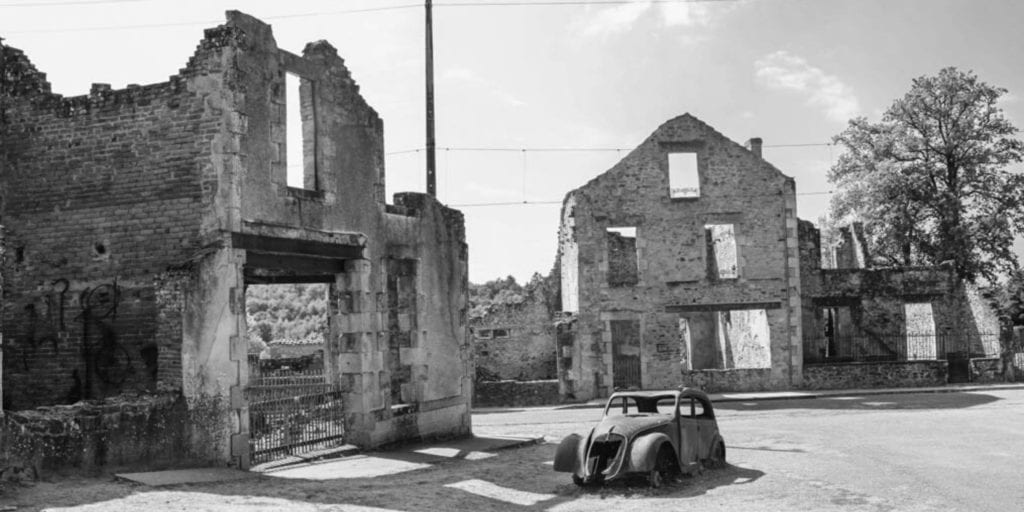

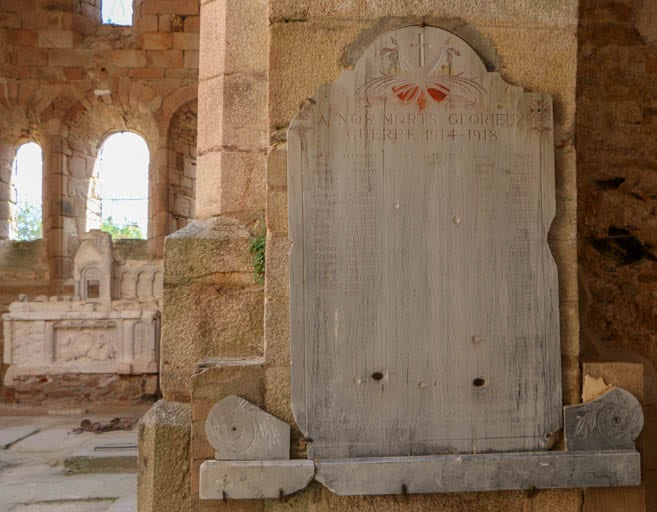
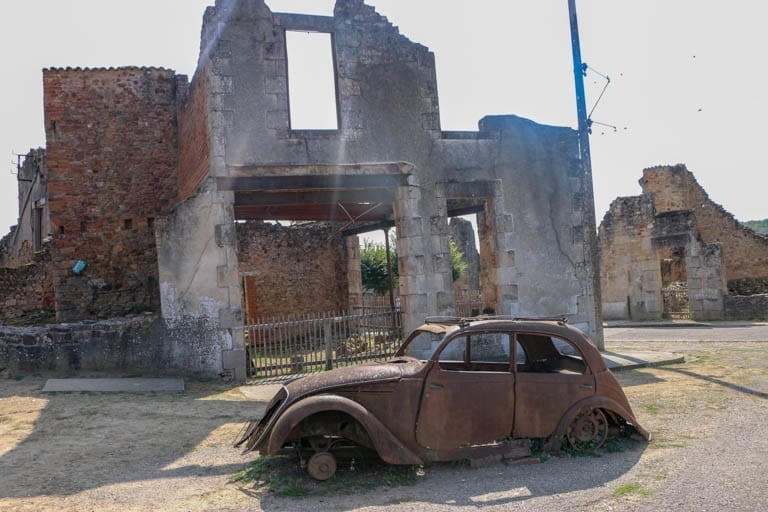
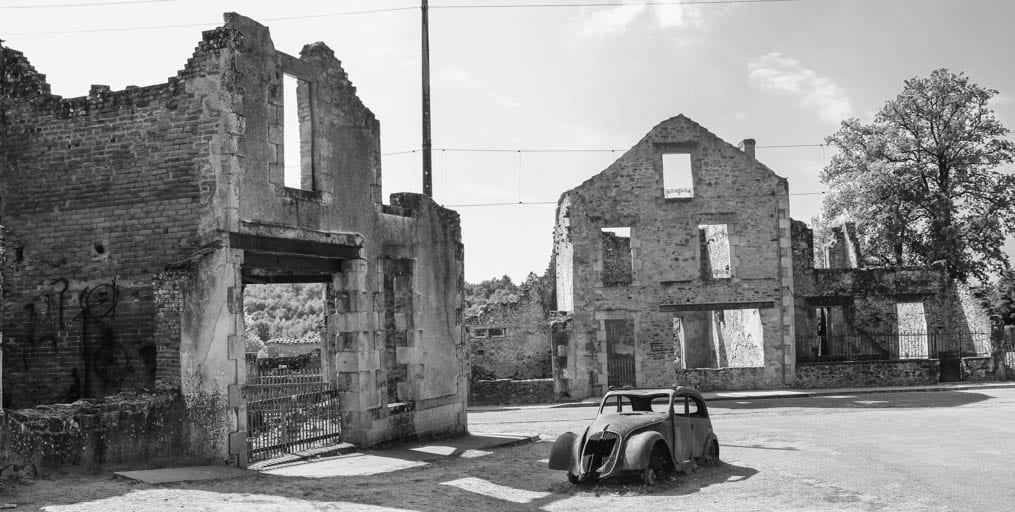
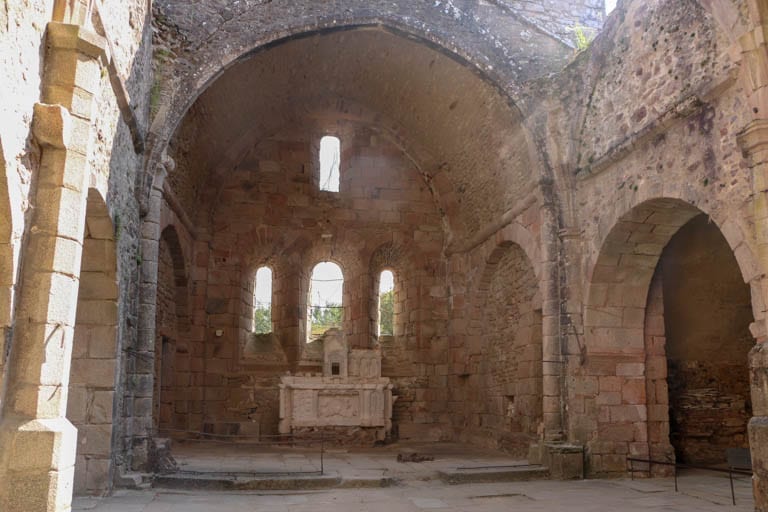
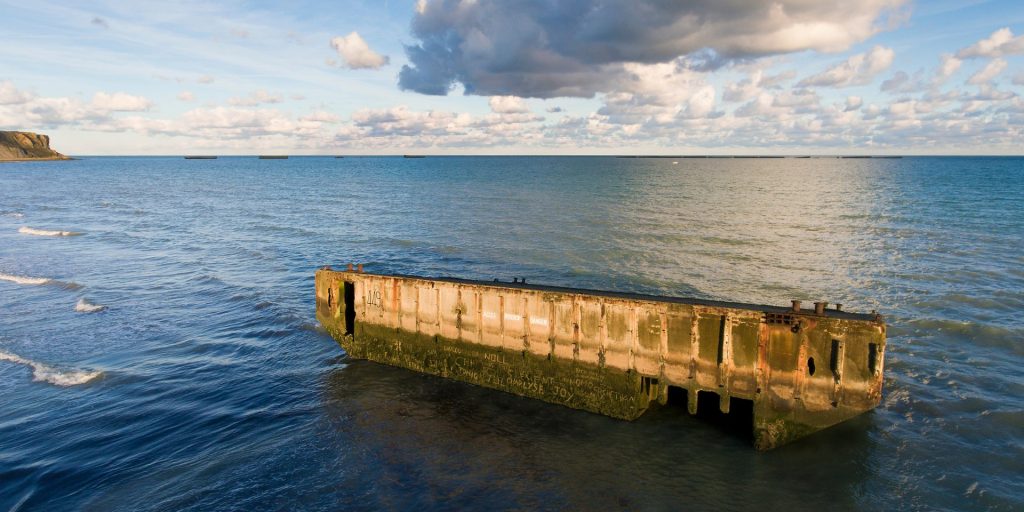
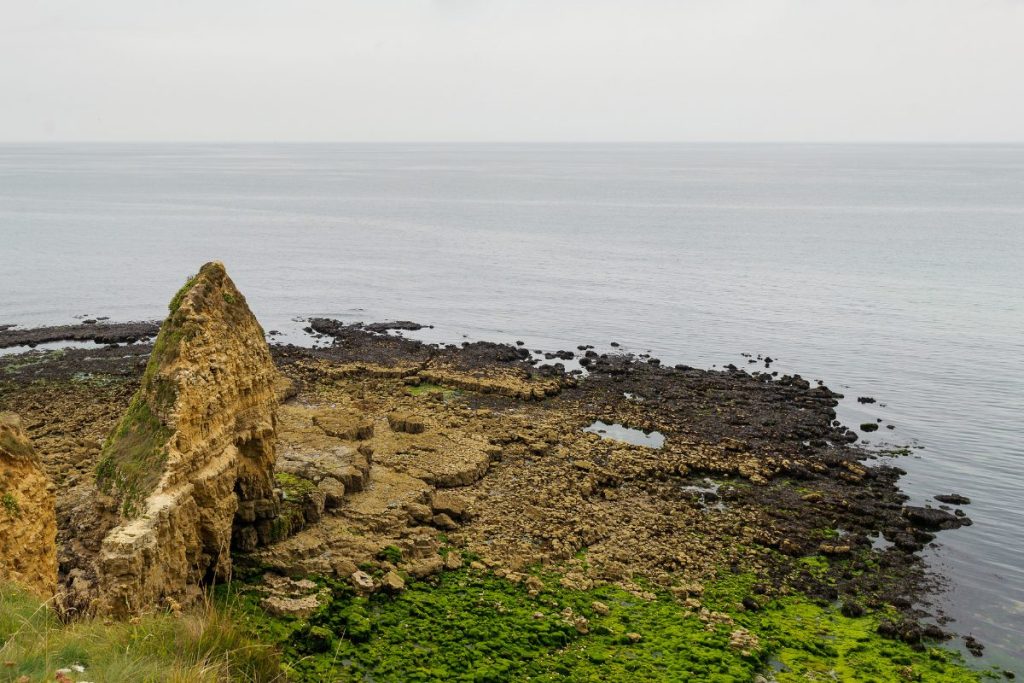
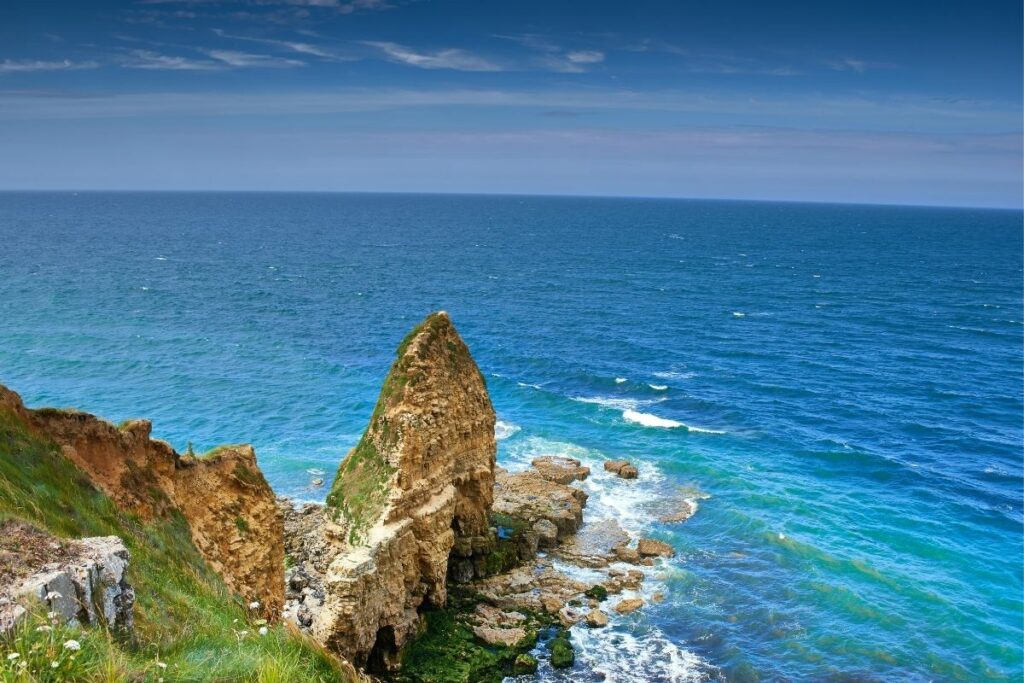
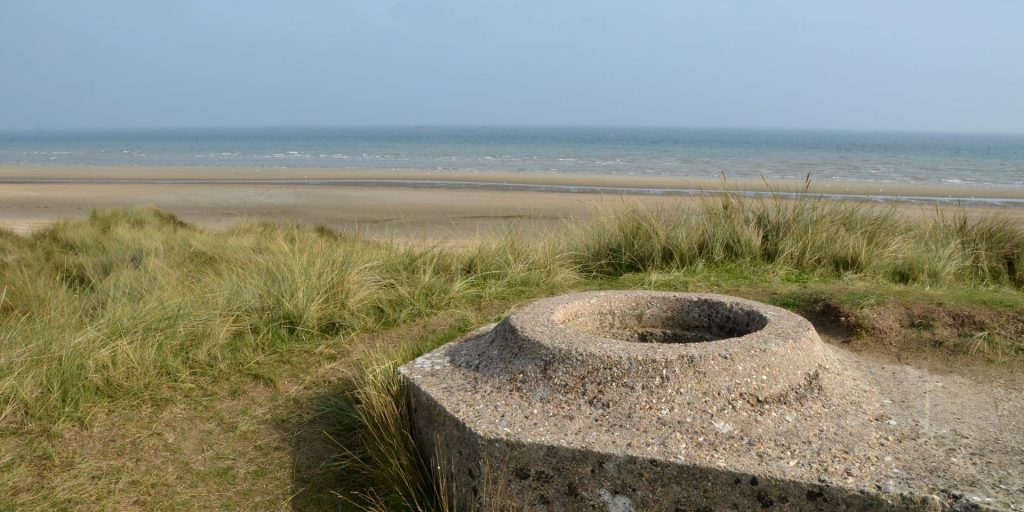
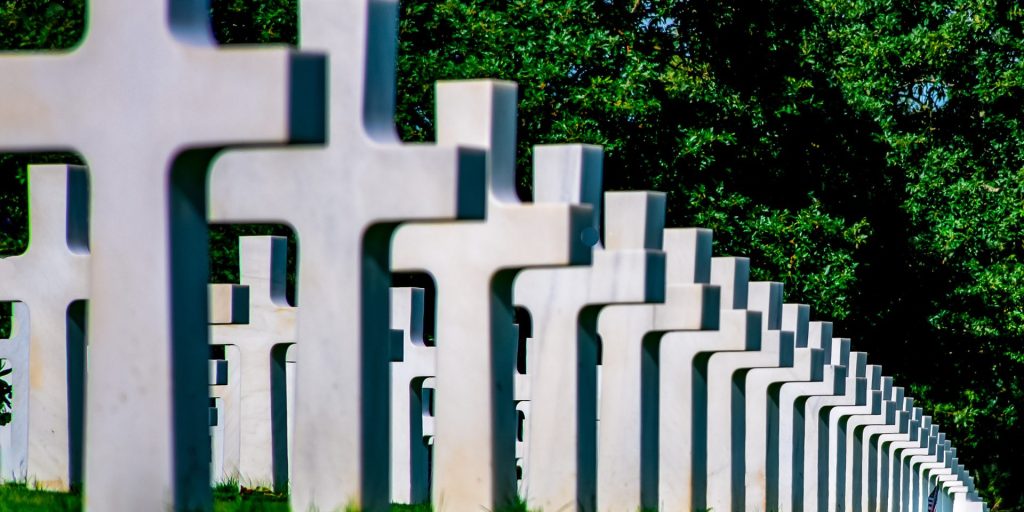
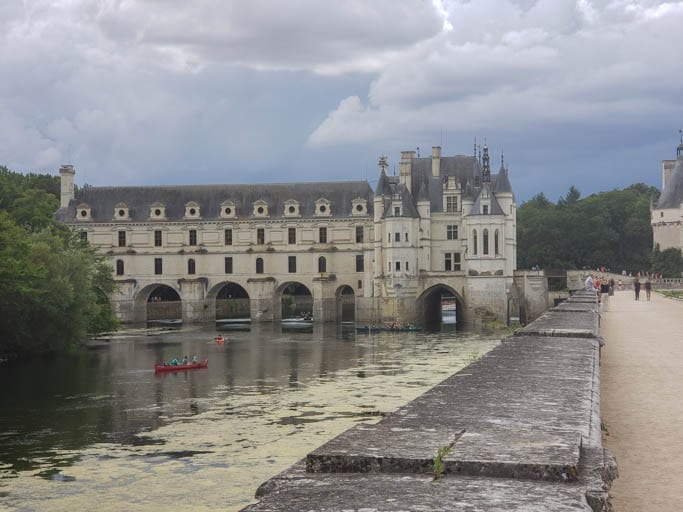
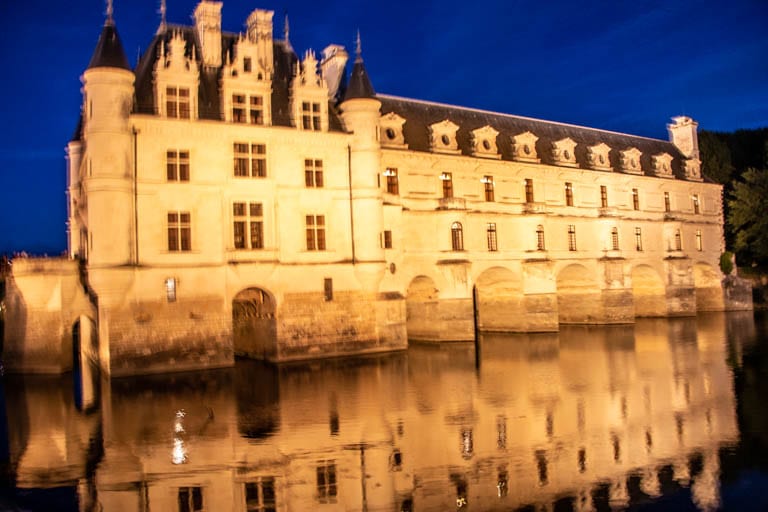
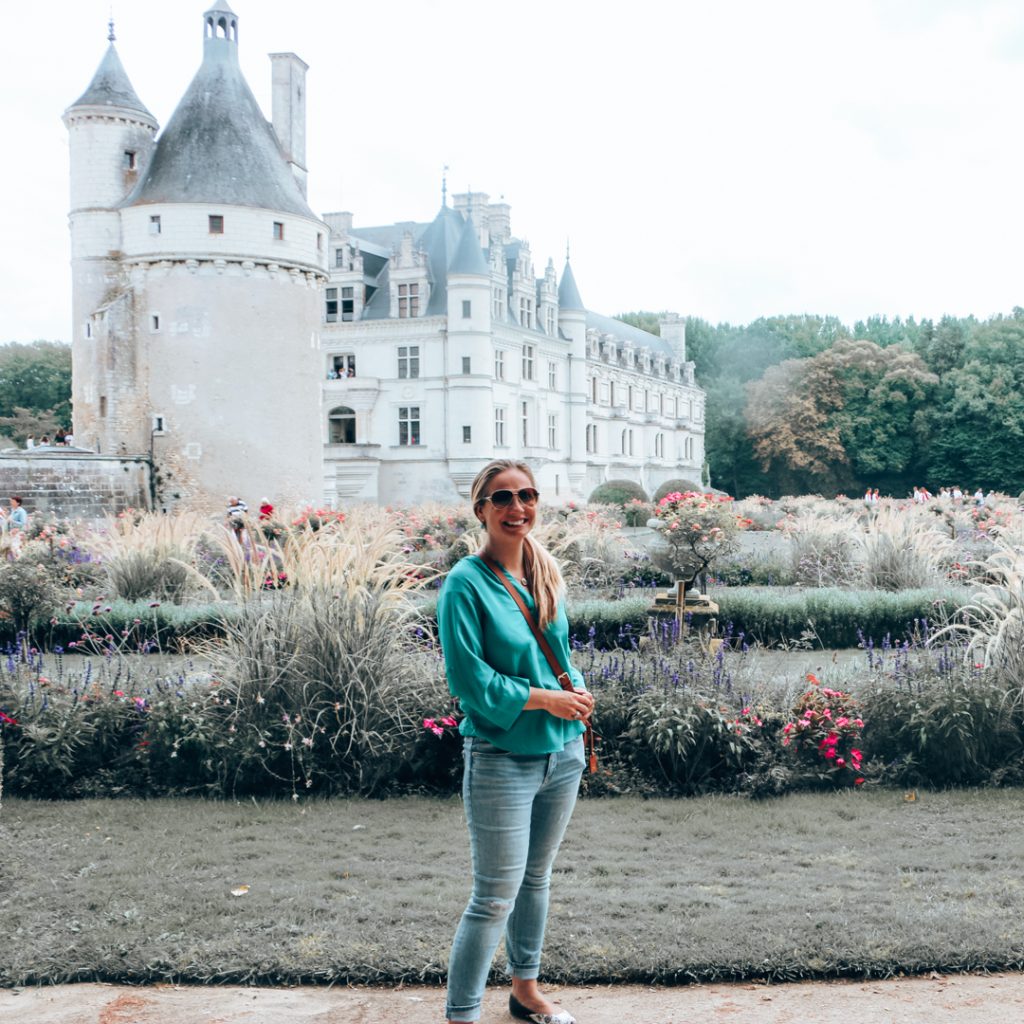
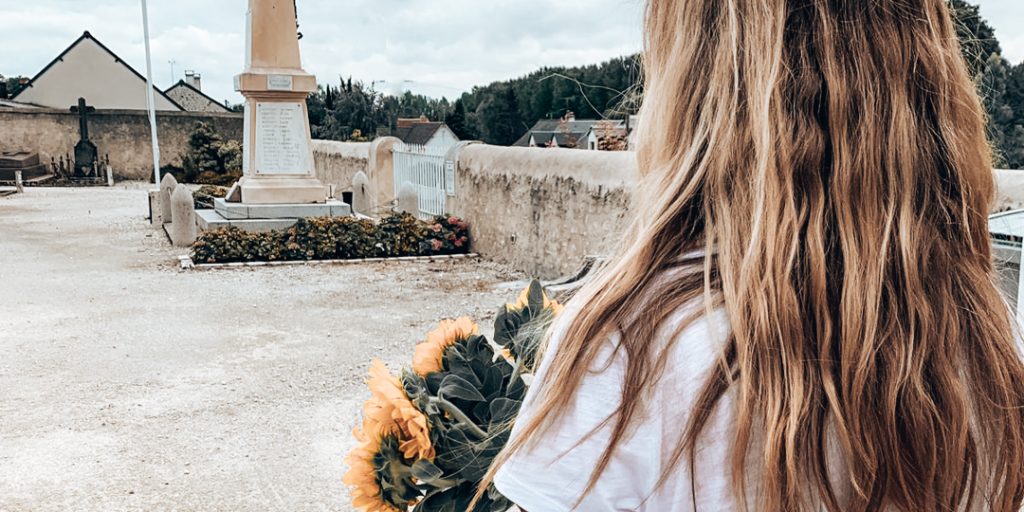
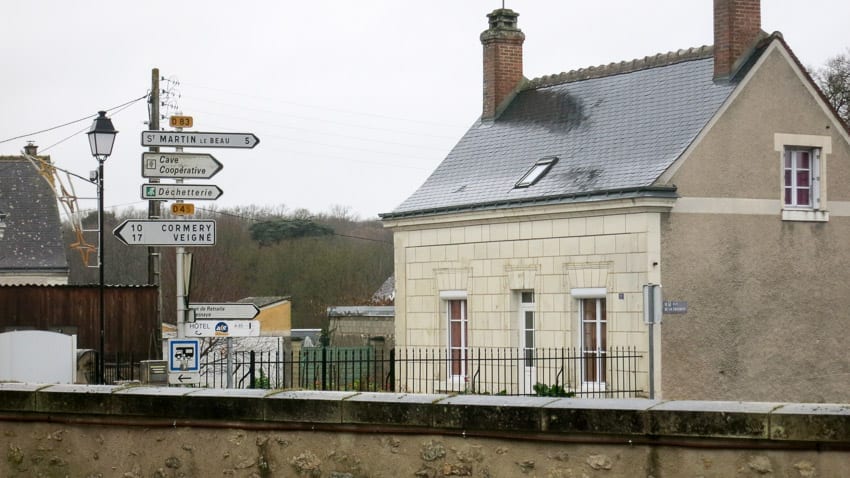
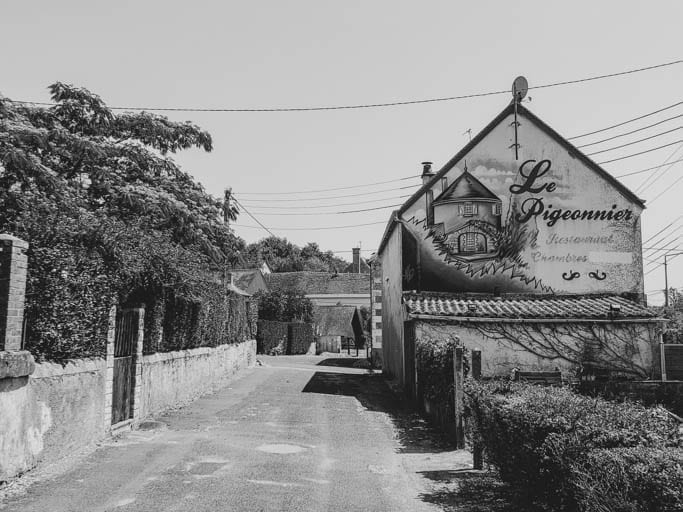
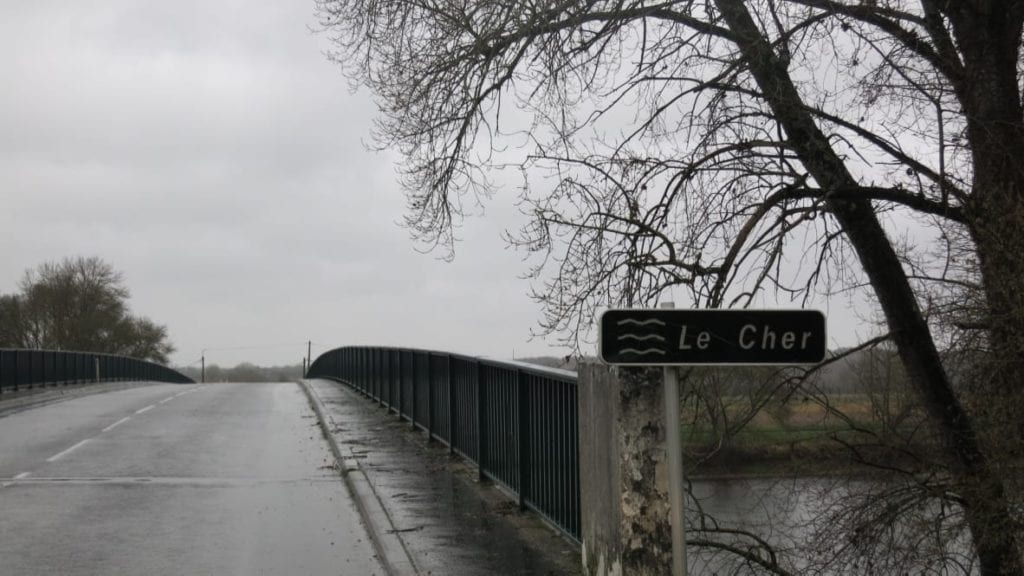
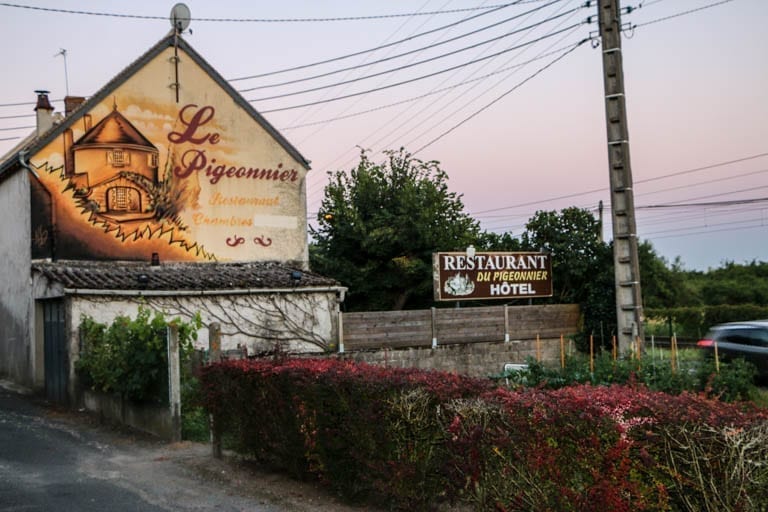
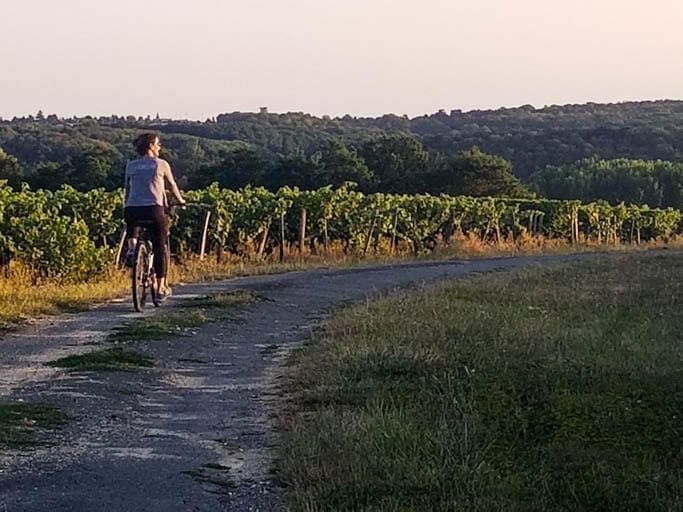
Some seriously powerful and harrowing places here. Fritzie sounds like a remarkable woman. I’ve been to Prague’s Jewish Quarter, it’s both stunning and desperately sad.
This post is so comprehensive Jen. I’ve been to come of these sites and they are truly horrifying. Yet I’m compelled to see more. The humanitarian stories are a good way to tell it.
What an emotional tour – each of these places is associated with tragedies that occurred during the Second World War and it’s so important to remember our history. Thank you very much for your review!
Thank you so much for reading!
I have a dark fascination with Holocaust history and one day want to explore Poland’s Operation Reinhardt camp sites like Treblinka, Belzec, and Sobibor. It’s a terrible period of history and I hope it isn’t repeated.
That hope needs kindling now as Europe faces another dark period. Thank you for reading. I hope you do visit the Poland sites. I’ll be here to read about it when you do.
Thanks for sharing this powerful post, Jen. I agree it’s important to learn about and never forget this tragic history in order to prevent something similar from happening in the future. I visited Dachau several years ago and was incredibly moved. I cannot imagine what it was like to visit Auschwitz with a survivor or what it was like for her to return. What a strong woman Fritzie must have been!
Fritzie’s strength is forever inspiring. Dachau is one of the first WWII sites/camps that I ever visited. I have almost no memory of it because I wasn’t prepared and my mind just…shut off. Now I prepare myself a little better when I go to a camp/memorial. But I don’t think I knew how to do that until the Dachau experience. And if it makes my mind shut off all these years later when I visit with my backpack, sunglasses, and guide books…I can’t imagine what it must have done psychologically to those who were greeted by dogs and death. Thank you for reading, Becky.
Thank you for this very powerful post. Reading about your experience travelling to Auschwitz with Fritzie was incredibly moving. And with so much uncertainty in the world right now, it is hugely important that we learn from history and ensure that we never forget.
It did seem an apt time to post it. Thank you for reading, Mitch.
Great post. Reading this reminded me of how I felt when visiting the 9/11 Memorial and Museum in NYC. It’s difficult but the impact these places have on us are so important for their significance and as reminders to always remember these events.
This is a great collection of sites for those interested in WW2 history. Understanding the past is the only way we learn from it.
As a German I already know many places from that list. The Hitler’s Vienna Tour sounds especially interesting to me. I am definitely going to take this tour on my next trip to Vienna!
Great Post Jen! I would find it quite difficult to go on a tour of all these sites (it is pretty exhausting to visit and think about how awful our history is…) Having said that, we have visited a few of these sights while we are hiking/exploring each area where they are located.
For me, they are more impactful in small doses, so I can really take it all in.
Somber reading indeed. I just hope that history won’t repeat itself… with all that terror that russia creating in Ukraine now 🙁
The Château de Chenonceau reminds of the Palace of Versailles. I’ll definitely check this out the next time I’m in Europe.
Your Never Forget series is such a powerful reminder to not let history repeat itself. Thank you for covering and shining a light on these hard topics. I’m interested to see when your book comes out!
Thanks so much for reading, Chelsea! I’ll definitely post about the book soon!!
I have to admit that I am one of those travellers who avoid visiting memorials and sights from war times – they bring too much sadness and sorrow than what I would like. This however is such a powerful article with all the spots you have covered. Sometimes it is definitely worth taking that step back in time!
I totally understand, Polly. Thanks for giving this a read even though it is a hard read.
Thanks for sharing Jen. Quite a fitting post and a poignant reminder for everyone especially in these very stark days in Europe. I only visited the one’s in Budapest and it’s hard to bring oneself to really come to terms about this period of history.
I understand, entirely. It really is hard but necessary. Thanks for reading and visiting, Jan!
You’re covering this as an important time for us Europeans. It’s so sad to know what happened in our continent only 80 years ago. And now, with another war so close to home, let’s pray it doesn’t repeat itself.
Praying for that every day, Lisa. Sending love.
THXS for this especially meaningful post as news continues pouring out of Ukaraine. We visited Terezin a few years ago. It was an n incrediblly moving experience as Dave’s dad was a prisoner of war so the exhbits hit close to home. THXS for sharing.
Wow. Dave’s family history would, indeed, make Terezin a poignant place to visit. And…yes. Agree with you that this is definitely the time to consider the pain of war and the terrifying ease with which the masses can contribute to previously unthinkable atrocities.
A great post Jen I must take the time to read through all the relevant posts you have. I remember reading the one on Budapest and the The Shoes on the Danube a while back.
Thanks for reading. I figured it was finally time to pull them all together into one post!
What a powerful post. So much here to take in. Everyone should have to walk through some of these places to understand how war and violence can start so we hopefully avoid repeating the past in new ways.
I agree with you. We must do the hard walk to remember. Thank you for reading.